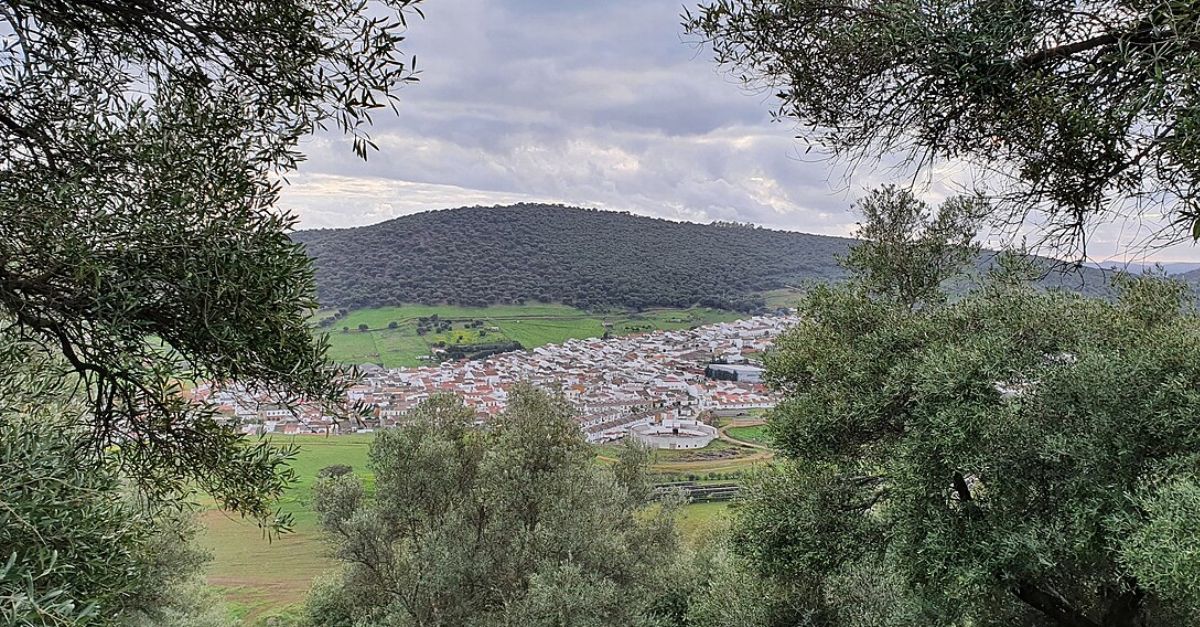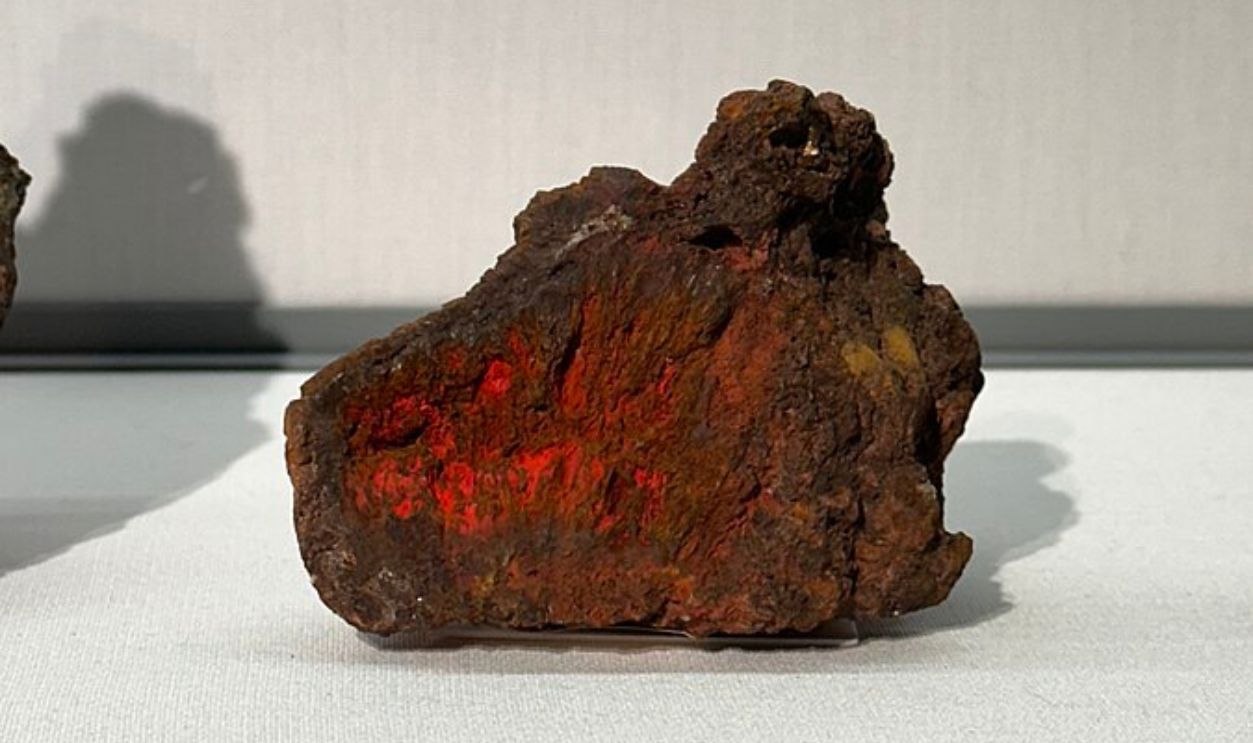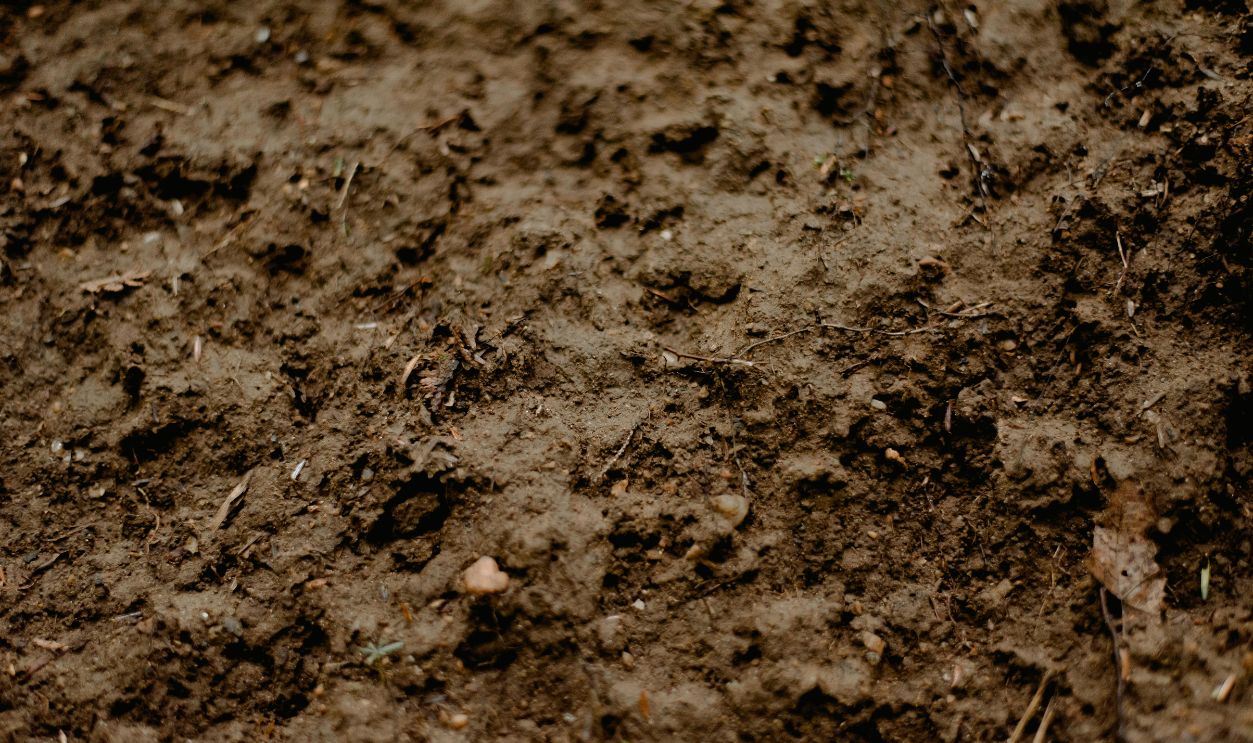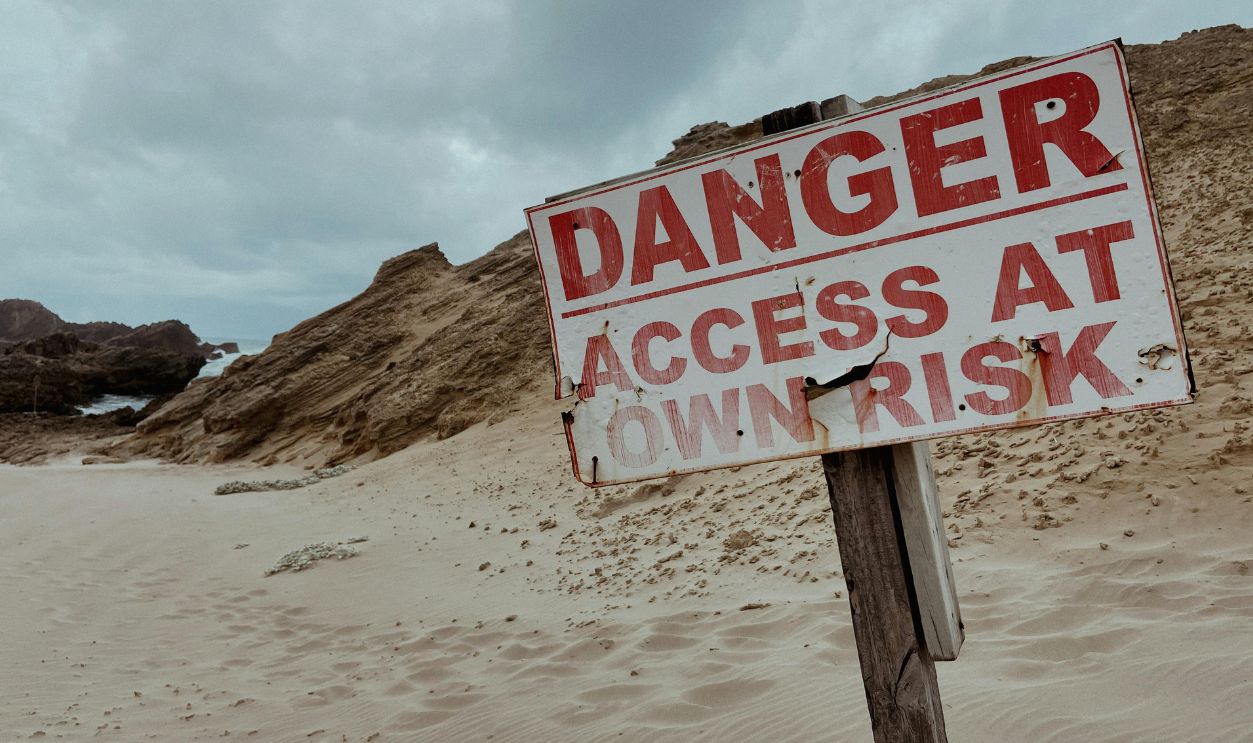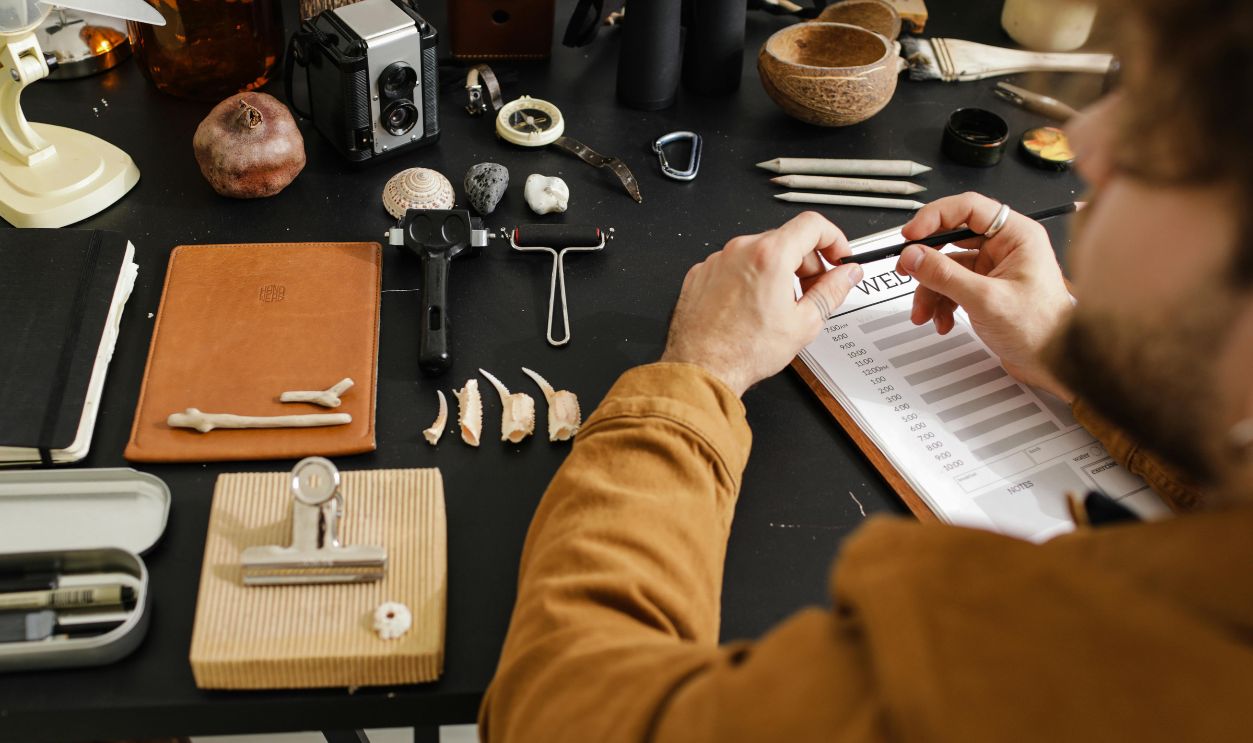The Red Divine
Imagine a world where red was both vivid and sacred. Ancient Iberians believed cinnabar, a bright red mercury powder, held divine power, guiding souls and protecting the living. But what happens when a mystical substance becomes a deadly legacy? Let’s explore the fascinating and dangerous role this mineral played.
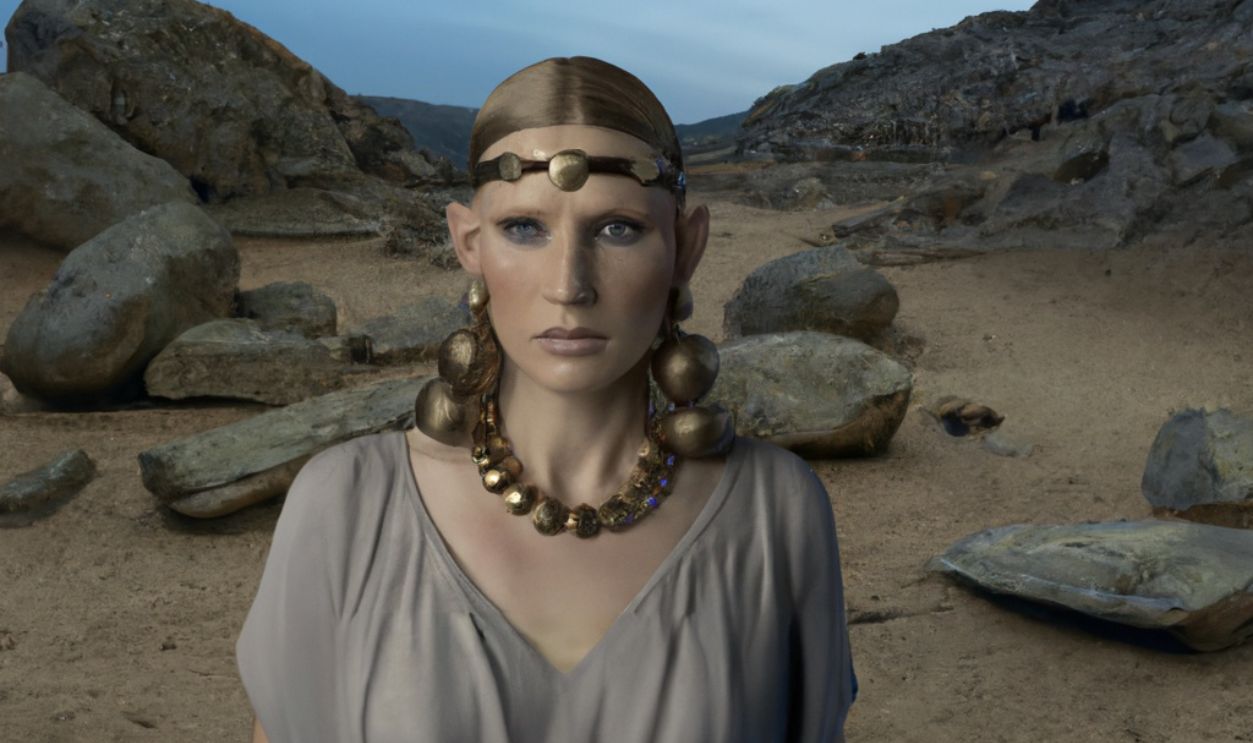
The Chemical Composition Of Red Mercury
Cinnabar, the mineral form of mercury, primarily comprises mercury sulfide (HgS). This bright red substance forms when mercury reacts with sulfur in nature. The chemical bonds between mercury and sulfur give cinnabar its striking color and unique properties. It’s a fascinating blend of toxicity and beauty.
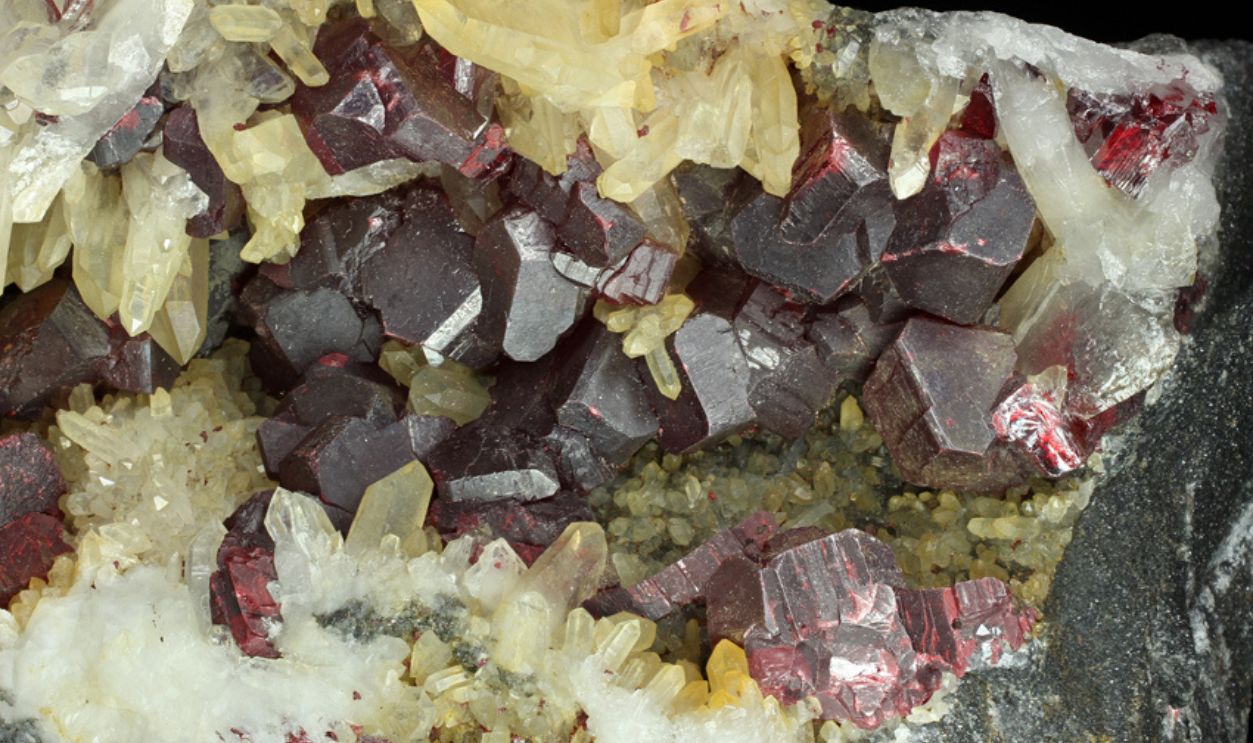 Bergminer, CC BY-SA 4.0, Wikimedia Commons
Bergminer, CC BY-SA 4.0, Wikimedia Commons
Red Means Danger
Cinnabar’s mercury content makes it highly poisonous, and the mercury within can quickly vaporize when heated, releasing dangerous fumes. Despite its lethal potential, this chemical reaction is why cinnabar was used in alchemy and rituals. Its deep red hue is a striking visual reminder of its dangerous power.
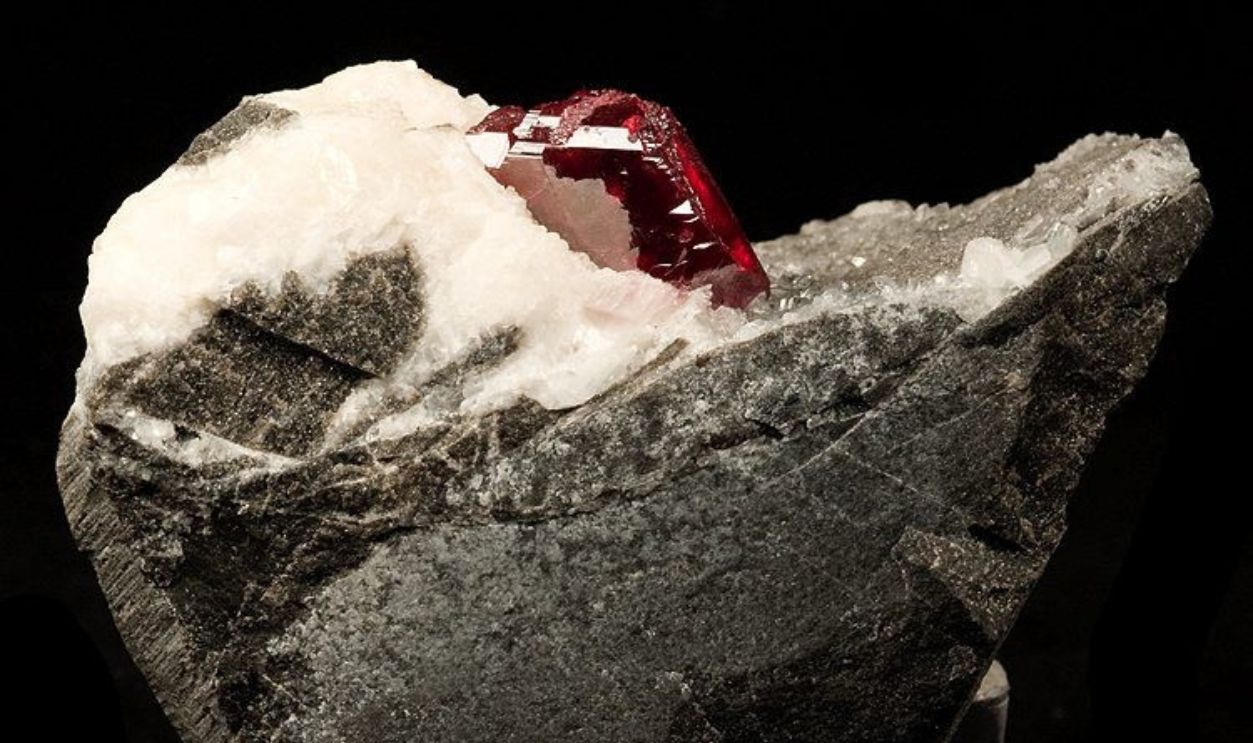 Rob Lavinsky, iRocks.com, CC BY-SA 3.0, Wikimedia Commons
Rob Lavinsky, iRocks.com, CC BY-SA 3.0, Wikimedia Commons
The Intriguing Ritual Practices Of Cinnabar Ingestion
Picture this: 5,000 years ago, ancient Iberians gathered around ceremonial sites, ingesting a bright red mercury-laden powder. Why? They believed it held magical properties that connected them to the divine. Archaeological digs revealed bones saturated with mercury, proof of this bold practice. The ritual wasn’t for the faint-hearted, right?
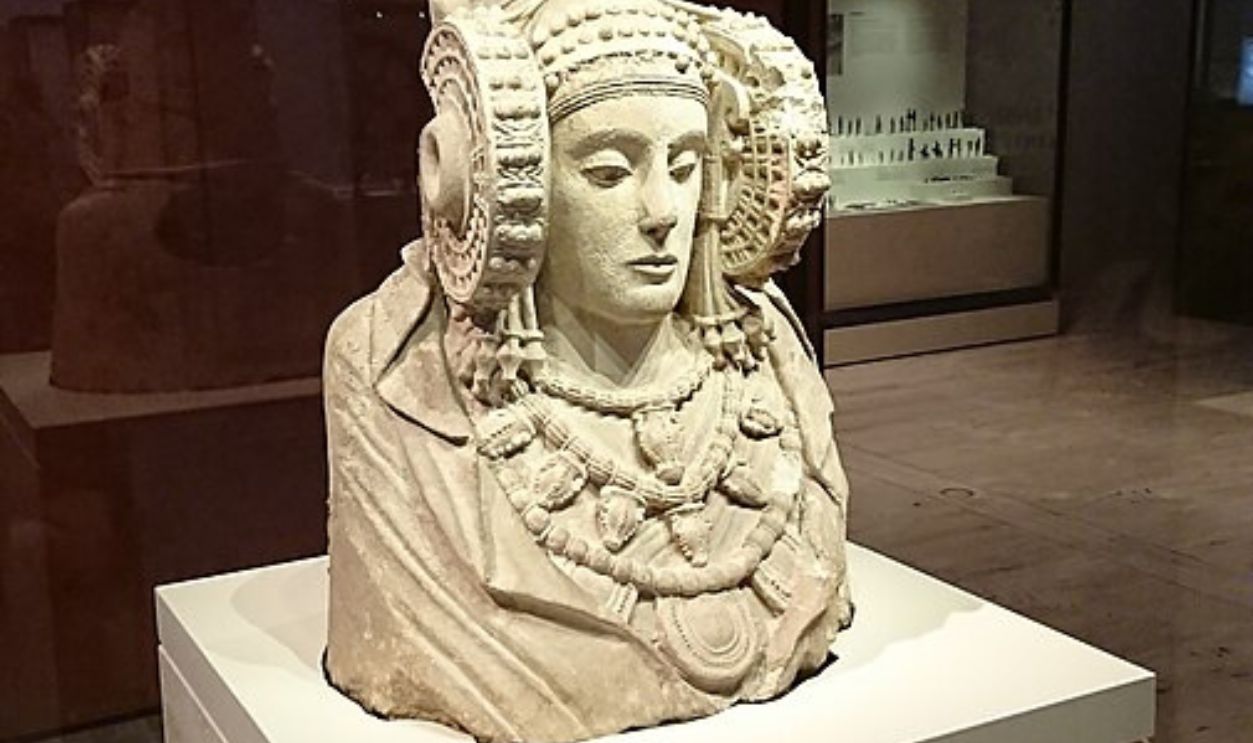 Heparina1985, CC BY-SA 4.0, Wikimedia Commons
Heparina1985, CC BY-SA 4.0, Wikimedia Commons
The Source?
Who started this curious tradition? It likely began with Copper Age elites, whose status was tied to mystical rites. Ingesting cinnabar might have been seen as a way to achieve transcendence or demonstrate devotion. A closer look at burial sites hints at its sacred role among the upper echelons.
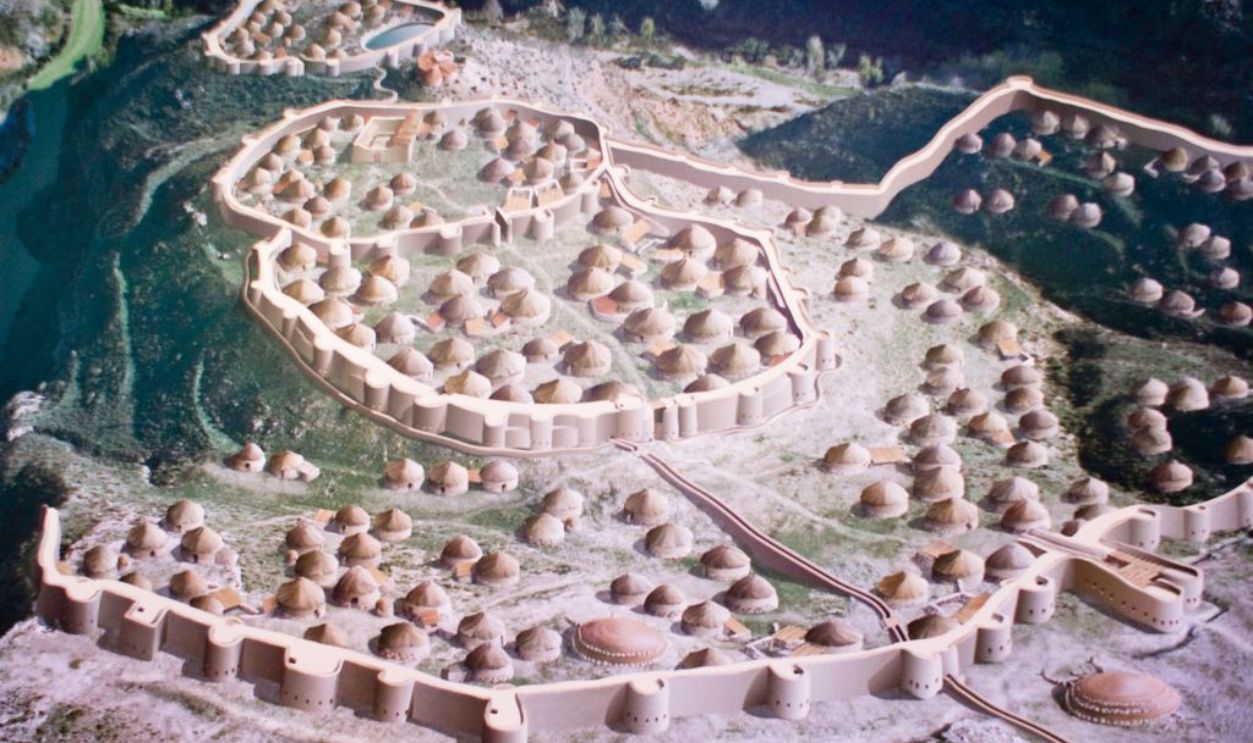 Jose Mª Yuste, de la fotografía, Miguel Salvatierra Cuenca, CC BY-SA 4.0 Wikimedia Commons
Jose Mª Yuste, de la fotografía, Miguel Salvatierra Cuenca, CC BY-SA 4.0 Wikimedia Commons
How They Used It
Ever wondered how they consumed such a dangerous substance? The powder was probably mixed with water or food, transforming it into a ceremonial offering. Historical texts and artifacts show parallels to similar rites in other ancient cultures. This was performance art.
 Davide Restivo, CC BY-SA 2.0, Wikimedia Commons
Davide Restivo, CC BY-SA 2.0, Wikimedia Commons
Mercury High Status
Mercury’s liquid form and its vibrant red hue made it a symbol of transformation, death, and rebirth. Its ability to change state from solid to liquid mimicked life’s cyclical nature. The ancient Iberians, much like other cultures, saw it as a bridge between the physical and spiritual worlds.
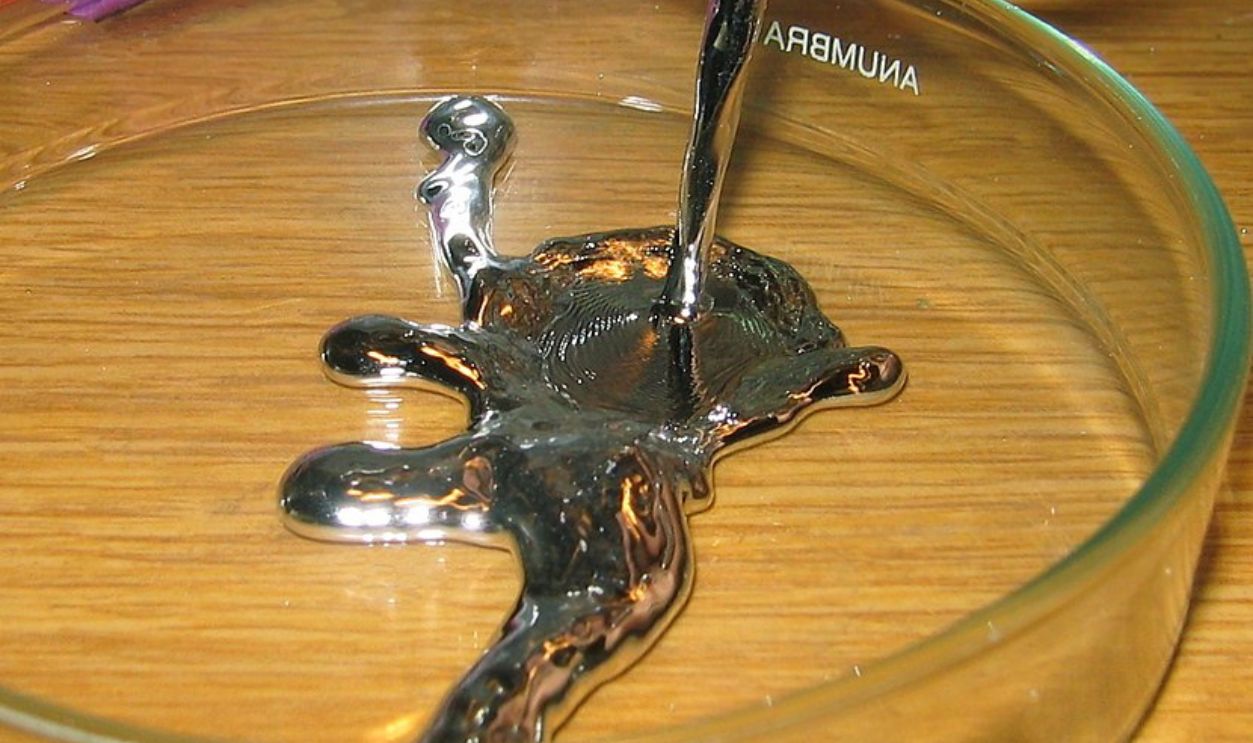 Bionerd, CC BY 3.0, Wikimedia Commons
Bionerd, CC BY 3.0, Wikimedia Commons
A High Price To Pay
The consequences, though, were dire. Chronic mercury intoxication, known as acrodynia, causes tremors and memory loss. Yet, ancient Iberians braved these dangers for their beliefs. Would you have done the same, or does their courage boggle your mind?
Cinnabar Mining
Digging deep into Iberian soil reveals cinnabar mining started millennia ago. Almadén, Spain, hosted one of the largest mercury mines in the ancient world. Imagine the sweat and toil of miners extracting this mineral for ceremonial splendor.
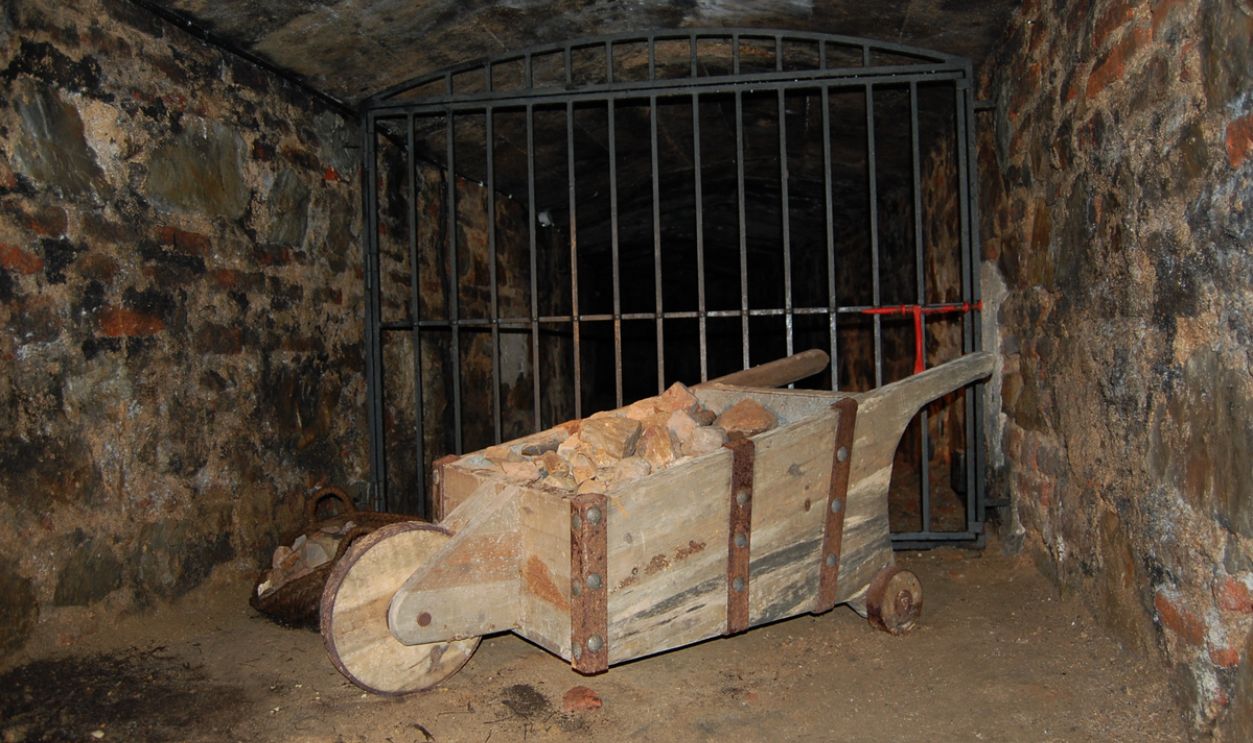 Raimundo Pastor, CC BY-SA 3.0, Wikimedia Commons
Raimundo Pastor, CC BY-SA 3.0, Wikimedia Commons
Reasons It Was Beloved
Here’s why cinnabar was so coveted. Its striking red color symbolizes life, death, and power. This mineral had become a spiritual conduit for the people. Societies worldwide revered red as the color of vitality. Iberians? They took this reverence to the next level.
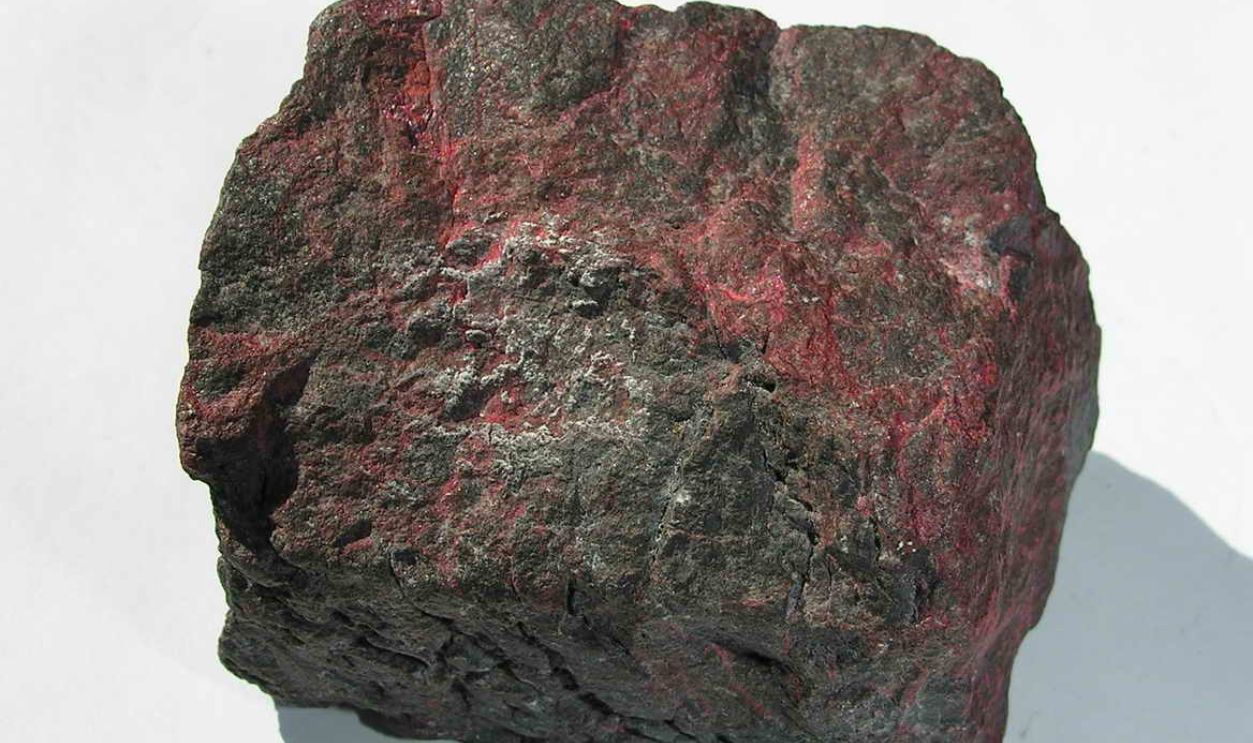 Luis Miguel Bugallo Sánchez, CC BY-SA 3.0, Wikimedia Commons
Luis Miguel Bugallo Sánchez, CC BY-SA 3.0, Wikimedia Commons
Mining Red Problems
Mining cinnabar wasn’t without its challenges because workers exposed themselves to its deadly effects, likely shortening their lifespans. Yet, they persisted, knowing its importance in rituals and burial ceremonies. That doesn’t seem like a fair trade. But they still indulged.
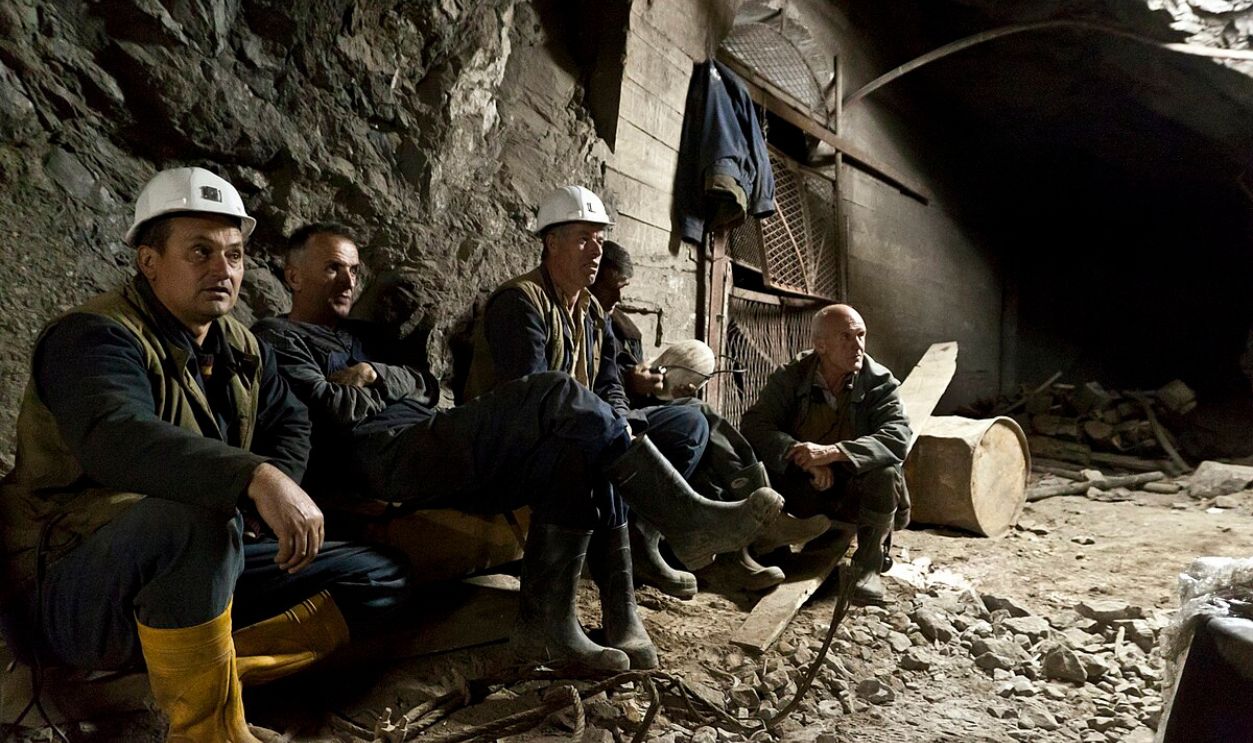 Fabio Walser, CC BY-SA 3.0, Wikimedia Commons
Fabio Walser, CC BY-SA 3.0, Wikimedia Commons
How Mercury Seeps Into The Body
Mercury vapor can enter the body through the lungs, skin, or digestive system whenever a miner handles cinnabar or inhales it. Over time, this exposure builds up in the body, causing mercury poisoning. The toxin targets the nervous system, kidneys, and other organs. It leads to severe long-term health issues.
The Center Of It All
Historical evidence points to Almadén as the epicenter of the mercury trade, influencing cultures far and wide. This mine was a local operation and a global treasure trove. Imagine how its legacy shaped ancient connections. Fascinating, isn’t it?
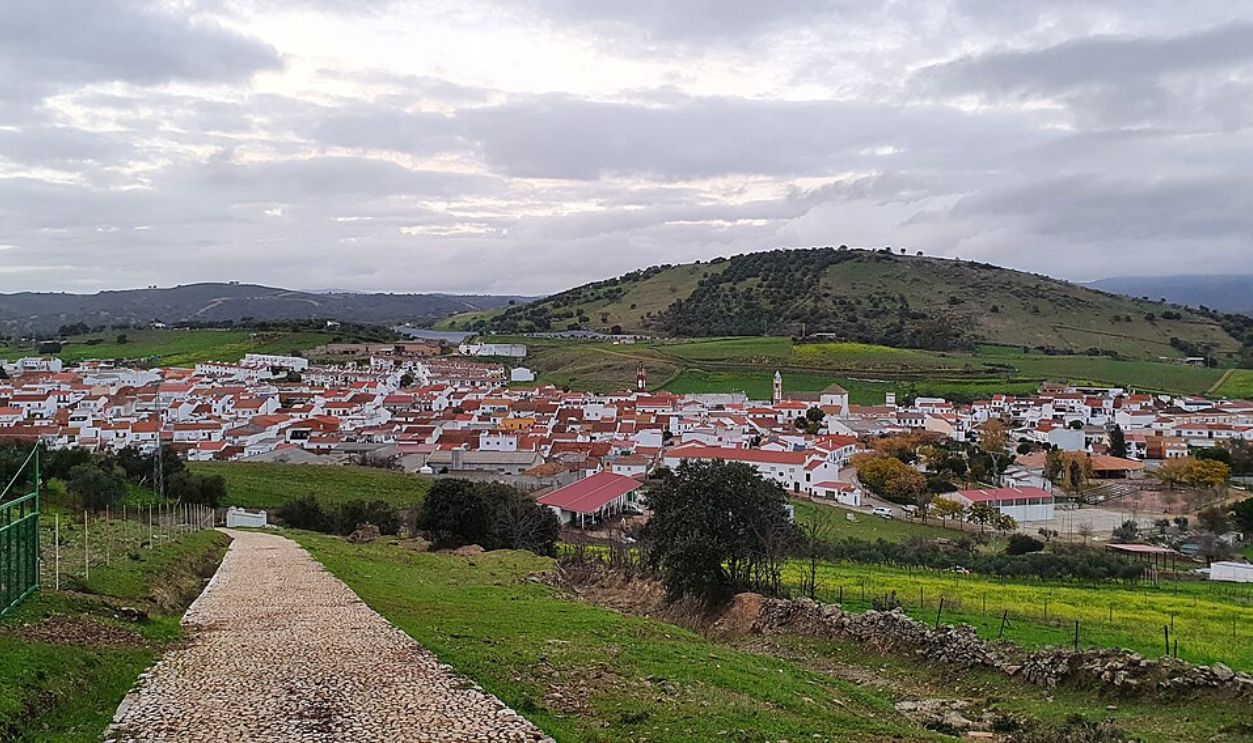 Joaquín Vargas Torress, CC BY-SA 4.0, Wikimedia Commons
Joaquín Vargas Torress, CC BY-SA 4.0, Wikimedia Commons
Trade Networks And The Spread Of Cinnabar
Cinnabar was a commodity with global reach, and evidence suggests trade routes carried Iberian mercury far beyond the peninsula. Traders valued it for its rarity, and this made it a hot-ticket item in the ancient world. Who wouldn’t want a slice of the sacred? Everyone perhaps.
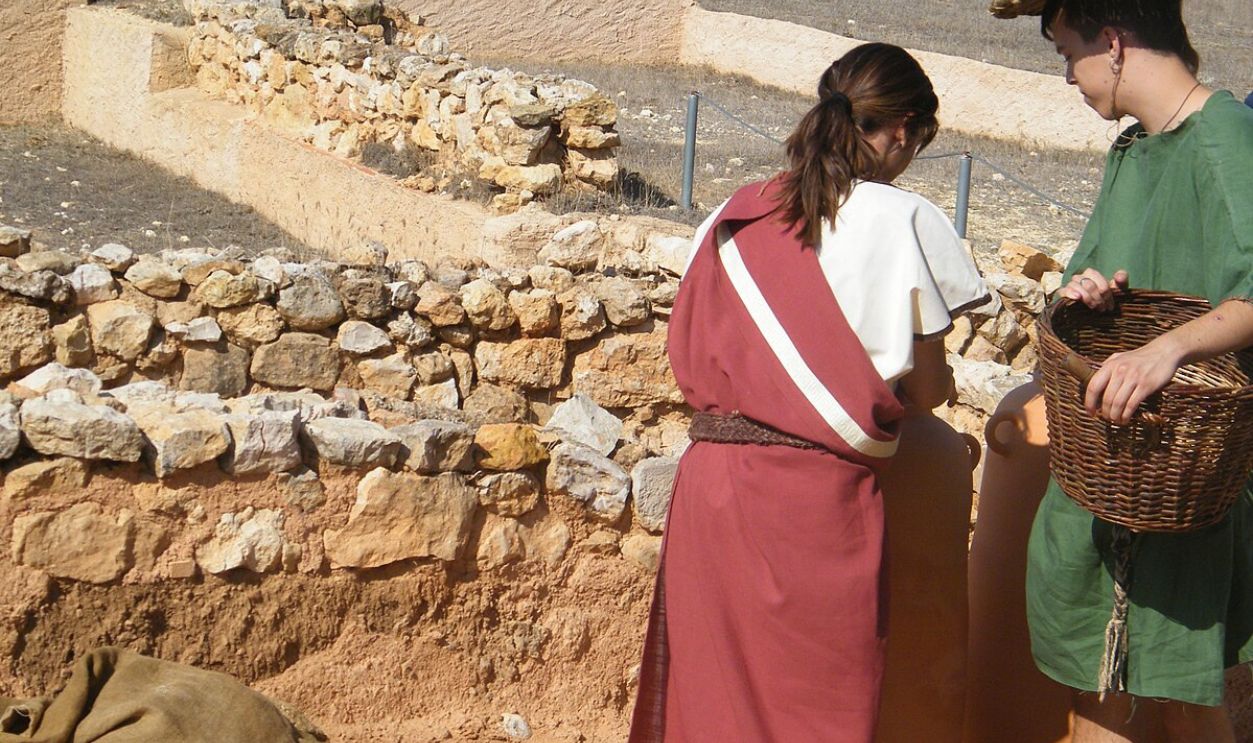 Jerónimo Roure Pérez, CC BY-SA 4.0, Wikimedia Commons
Jerónimo Roure Pérez, CC BY-SA 4.0, Wikimedia Commons
Unexpected Sources
Archaeological findings show cinnabar turning up in unexpected places, from North Africa to the Mediterranean. Iberian mines supplied much of the ancient world’s mercury, and this connected them to a vast network of cultures.
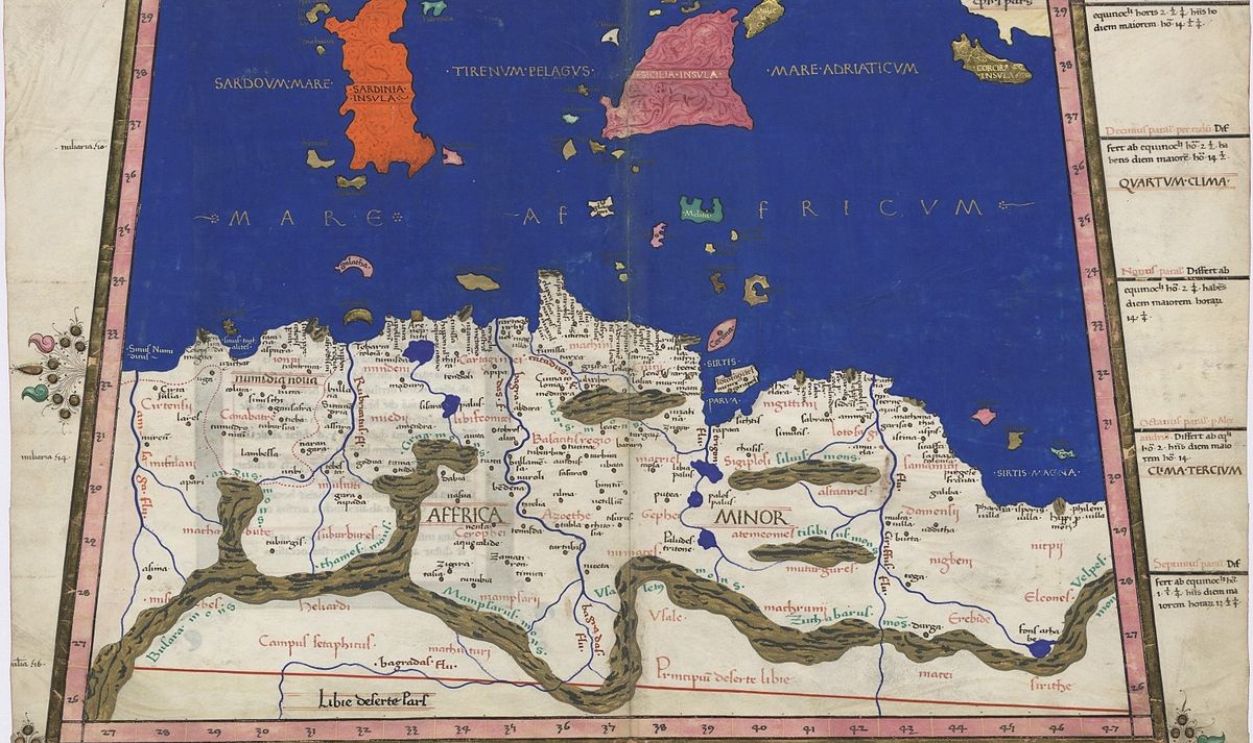 National Library of Poland, Wikimedia Commons
National Library of Poland, Wikimedia Commons
Cultural Exchange At Its Best
This trade shaped not only economies but also cultural exchanges. Ideas, rituals, and technologies traveled alongside cinnabar. This mineral was a bridge between worlds. In a way, that’s just how we see ancient trade—an exchange hub.
The Painted Tombs And Ceremonial Artifacts
Tombs painted with cinnabar red hold stories of life and depurture. Archaeologists unearthed graves where cinnabar was liberally sprinkled over skeletons. This was a well-thought-out and intentional decoration showcasing the mineral’s divine significance. Talk about making an impression!
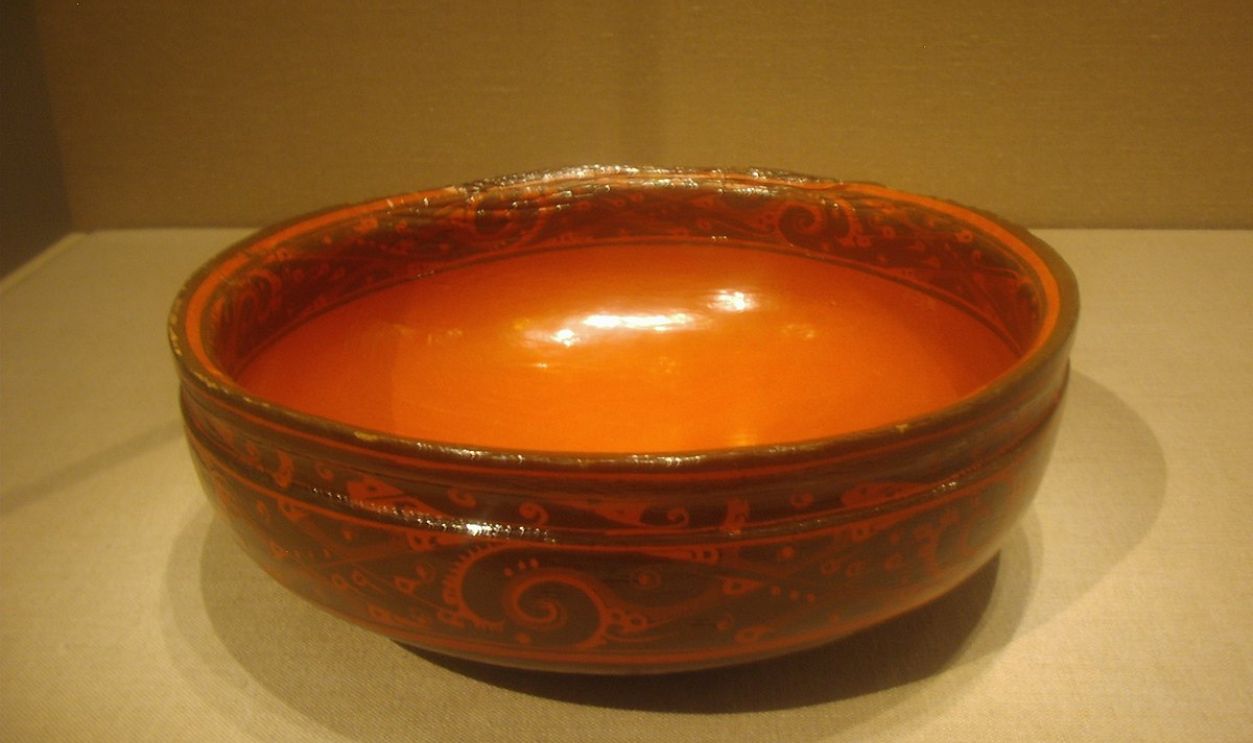 PericlesofAthens, Wikimedia Commons
PericlesofAthens, Wikimedia Commons
How Cinnabar Was Used Ceremoniously
How did they use cinnabar in these ceremonies? Evidence shows it was painted on walls, offerings, and even corpses. The pigment’s vibrant hue turned tombs into sacred spaces, a bridge between the living and the afterlife. The vibrancy in those tombs had to be something.
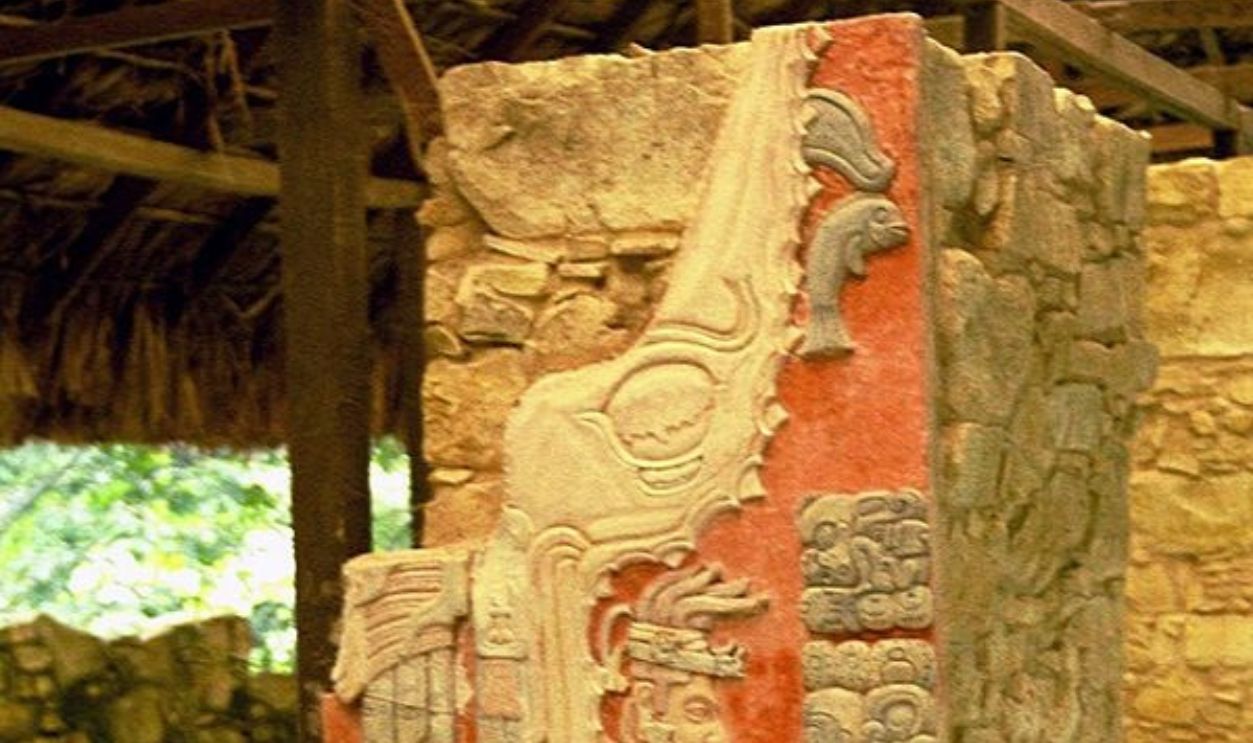 Bgabel, CC BY-SA 3.0, Wikimedia Commons
Bgabel, CC BY-SA 3.0, Wikimedia Commons
Cinnabar In Iberian Burial Practices
The dead carried their beliefs with them, quite literally. Iberian burial sites show a striking trend: cinnabar liberally sprinkled over bodies and grave goods. This ornamentation was a deliberate act imbued with meaning. Can a powder speak? Here, it certainly did.
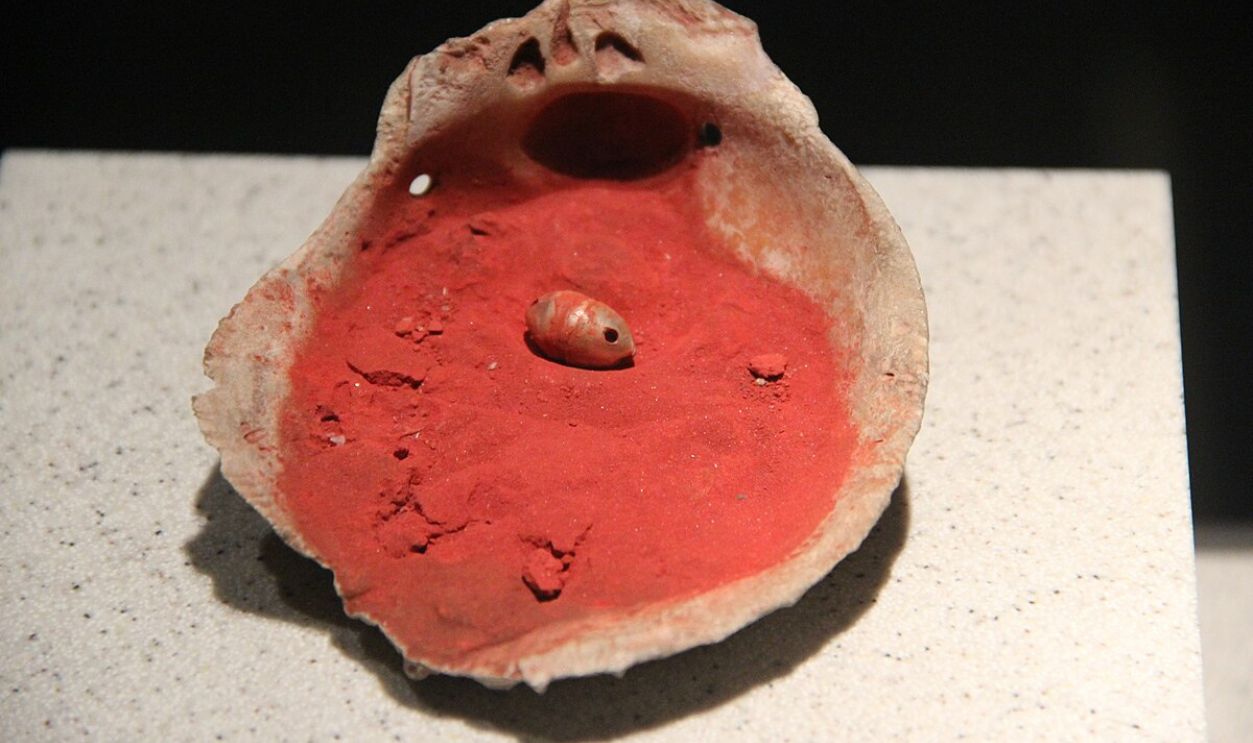 Gary Todd, CC0, Wikimedia Commons
Gary Todd, CC0, Wikimedia Commons
You Depart In Red
Burial sites of high-ranking individuals show heavy cinnabar use, marking their importance in society. Leaders used the mineral to solidify their roles as arbitrators between the mortal and divine realms. The scarlet powder was, in a sense, political.
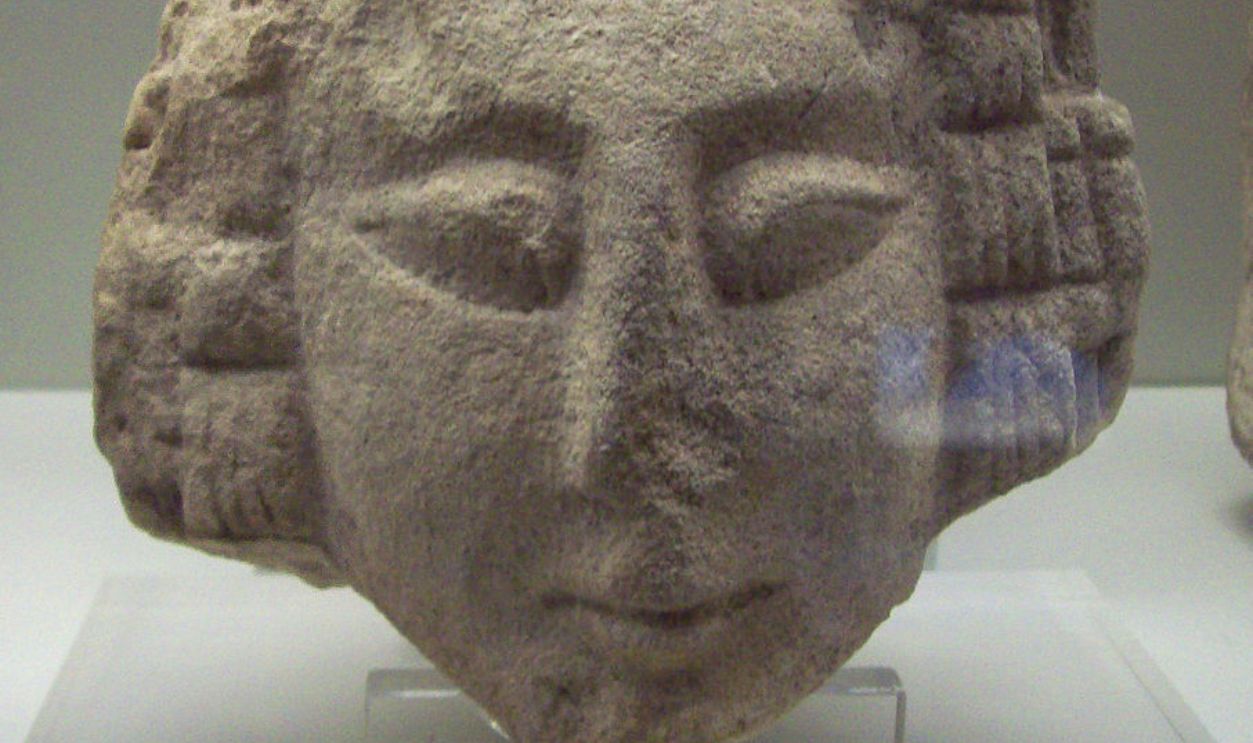 Luis García, CC BY-SA 3.0, Wikimedia Commons
Luis García, CC BY-SA 3.0, Wikimedia Commons
Crimson Burial Sites
Archaeologists found tombs coated in cinnabar, highlighting its sacred role in death rituals. It was for the elite as well as some commoners who embraced its power. The mineral was believed to guide souls to the afterlife, a crimson road to eternity.
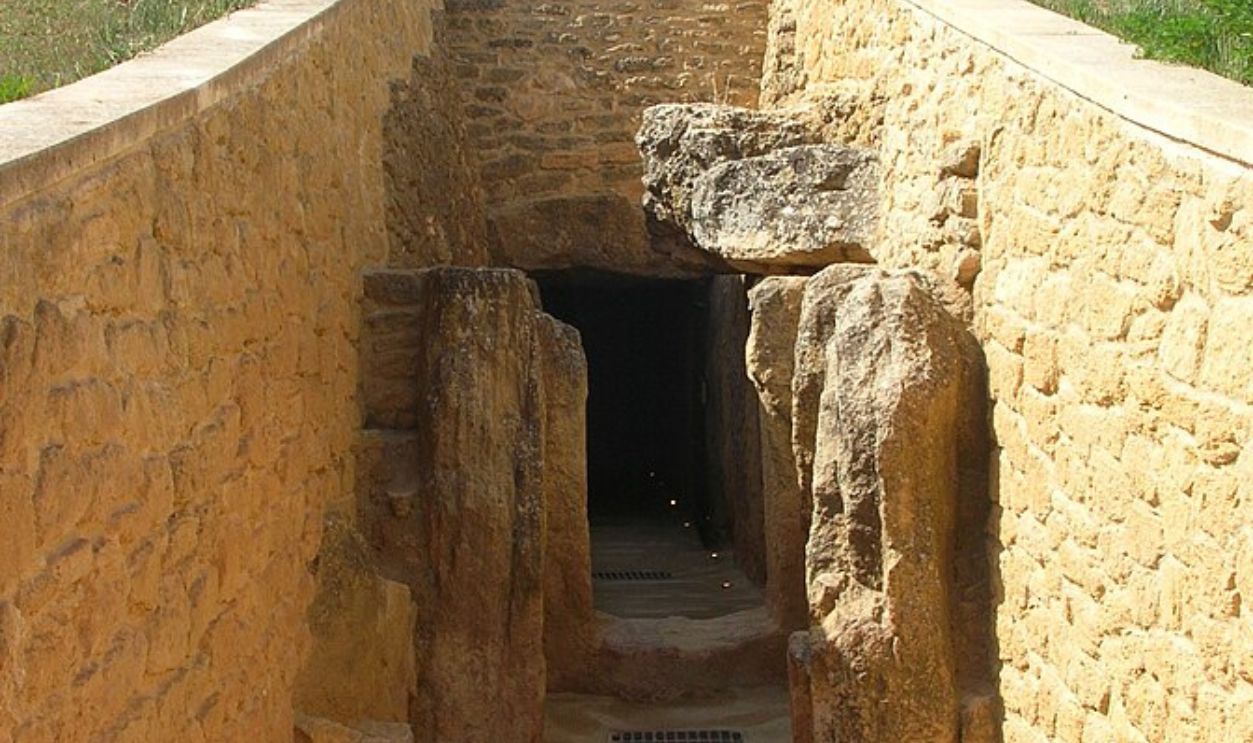 Grez, CC BY-SA 3.0, Wikimedia Commons
Grez, CC BY-SA 3.0, Wikimedia Commons
Detailed Burial Arrangements
The preparation of these graves was meticulous. Objects buried with the deceased were often covered in cinnabar. In short, everything making it to the afterlife had to be red. It’s as if the dead were painted into the next chapter of existence.
 David Underdown, CC BY-SA 3.0, Wikimedia Commons
David Underdown, CC BY-SA 3.0, Wikimedia Commons
Not Ancient Iberians-Exclusive
These burial practices weren’t isolated. Similar traditions appeared in other cultures. This shows a shared reverence for color and ritual. Iberian graves, though, remain among the most visually striking, their scarlet hues an eternal reminder of life’s fragility.
Famous Finds
Notable finds include the Tomb of the Ivory Lady, where cinnabar-coated burial goods signal high status. This was a burial that made a bold declaration of identity and belief. Red mercury spoke louder than words, didn’t it?
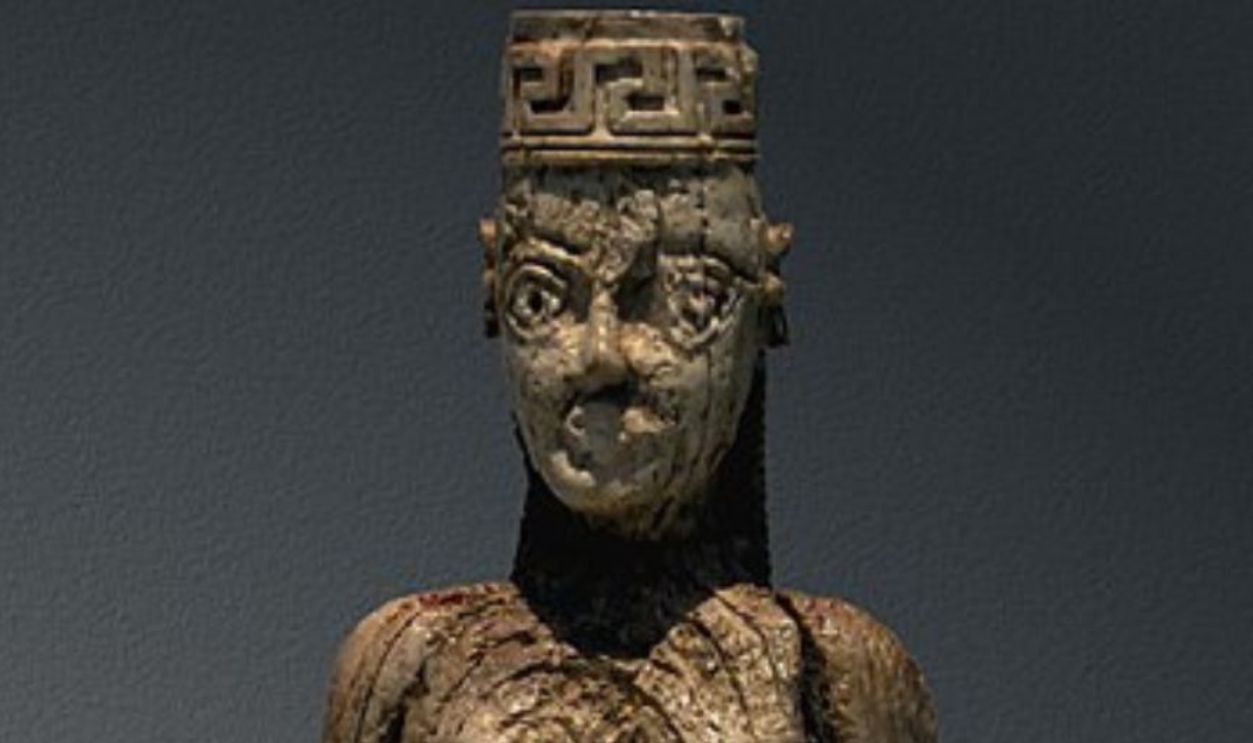 National Archaeological Museum of Athens, CC0, Wikimedia Commons
National Archaeological Museum of Athens, CC0, Wikimedia Commons
Art And Spirituality
These discoveries reveal a culture that intertwined art and spirituality. Every cinnabar stroke was a prayer, every grave a gallery. You could say their rituals were the ultimate fusion of devotion and design.
The Health Toll Of Cinnabar Ingestion
Even though Mercury poisoning sounds like a modern problem, ancient Iberians battled it, too. Bones from Valencina de la Concepción showed staggering mercury levels—up to 400 times above normal! The price of their spiritual practices was steep.
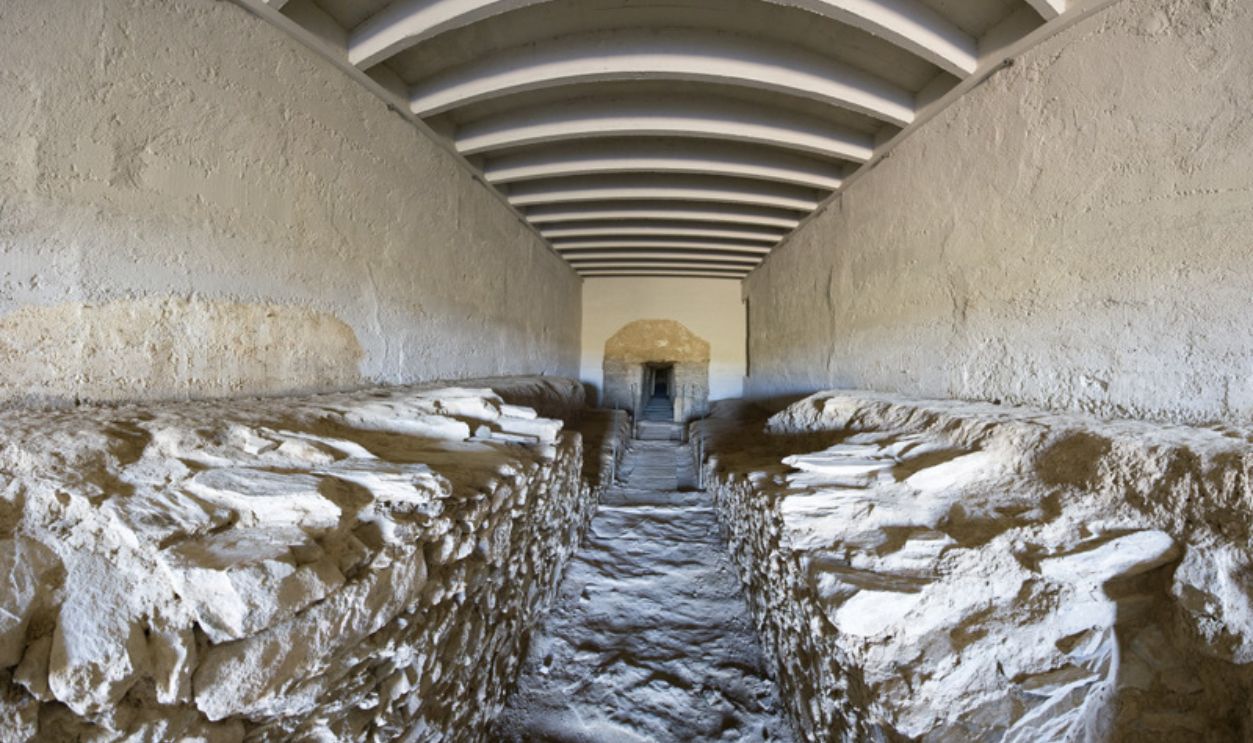 Cazalla Montijano, Juan Carlos, CC BY-SA 3.0, Wikimedia Commons
Cazalla Montijano, Juan Carlos, CC BY-SA 3.0, Wikimedia Commons
Didn’t They See Or Experience The Signs?
Oh, yes, they did. These signs spanned tremors, fatigue, and memory loss. And that was just the tip of the iceberg. Chronic exposure wreaked havoc on their bodies, yet they continued their rituals. Was it faith or sheer resilience that drove them?
It Affected Everyone
The health impacts weren’t limited to individuals. Communities near cinnabar mines faced contamination, and it affected entire populations. Mercury seeped into the soil and water, further contaminating it. Sobering, isn’t it, to see faith clash with health?
No Pain, No Gain
Despite these dangers, cinnabar rituals persisted for centuries. To these people, this practice had a heavy cultural weight. The question remains, though: Was it worth the cost? Ancient Iberians seemed to think so, but what about you?
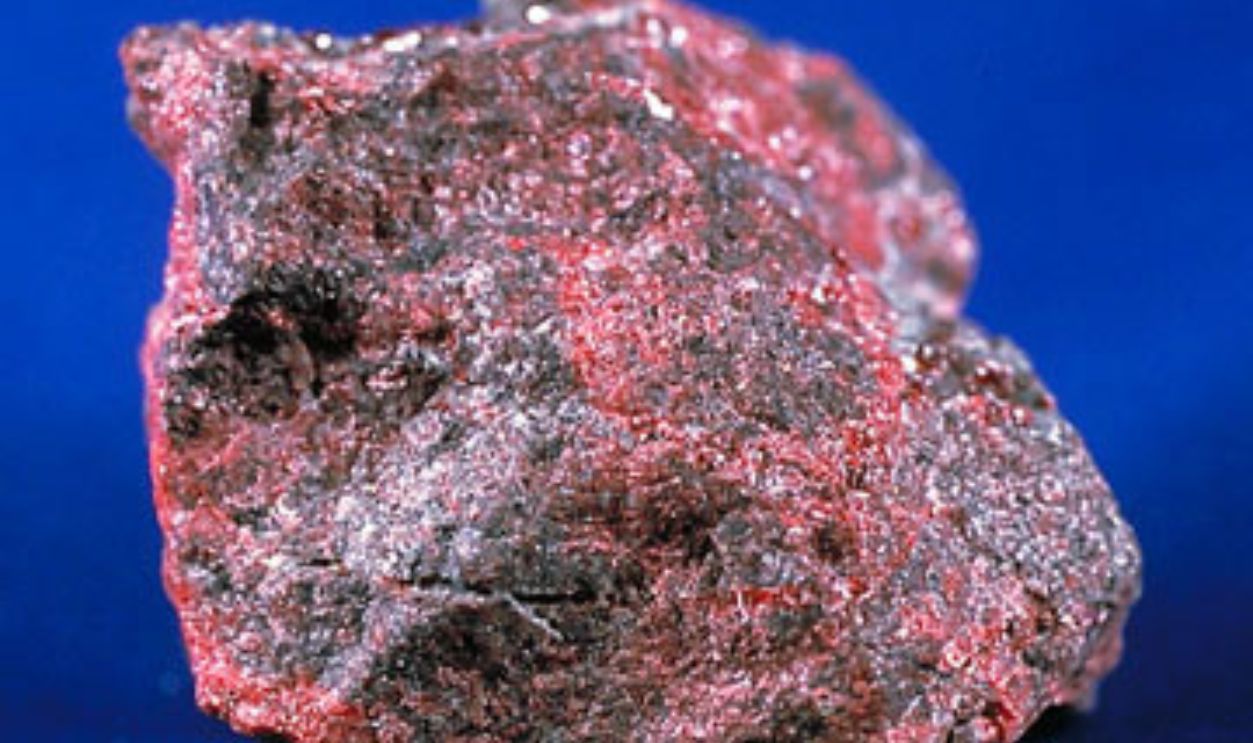 Unknown Author, Wikimedia Commons
Unknown Author, Wikimedia Commons
Red Everywhere
This hue wasn’t unique to Iberian culture. Around the world, red has long represented power and spirituality. Ancient Egyptians associated it with Set, the god of chaos, while Chinese traditions see red as luck and protection. For Iberians, it meant purity and passage.
Cinnabar Was Everywhere
Scarlet pigment adorned their rituals, from funerary rites to daily objects. Cups, ornaments, and ceremonial tools were coated in cinnabar. Everything had to amplify its sacred value. Every stroke of red told a story. Tombs, walls, and art pieces all told a different story.
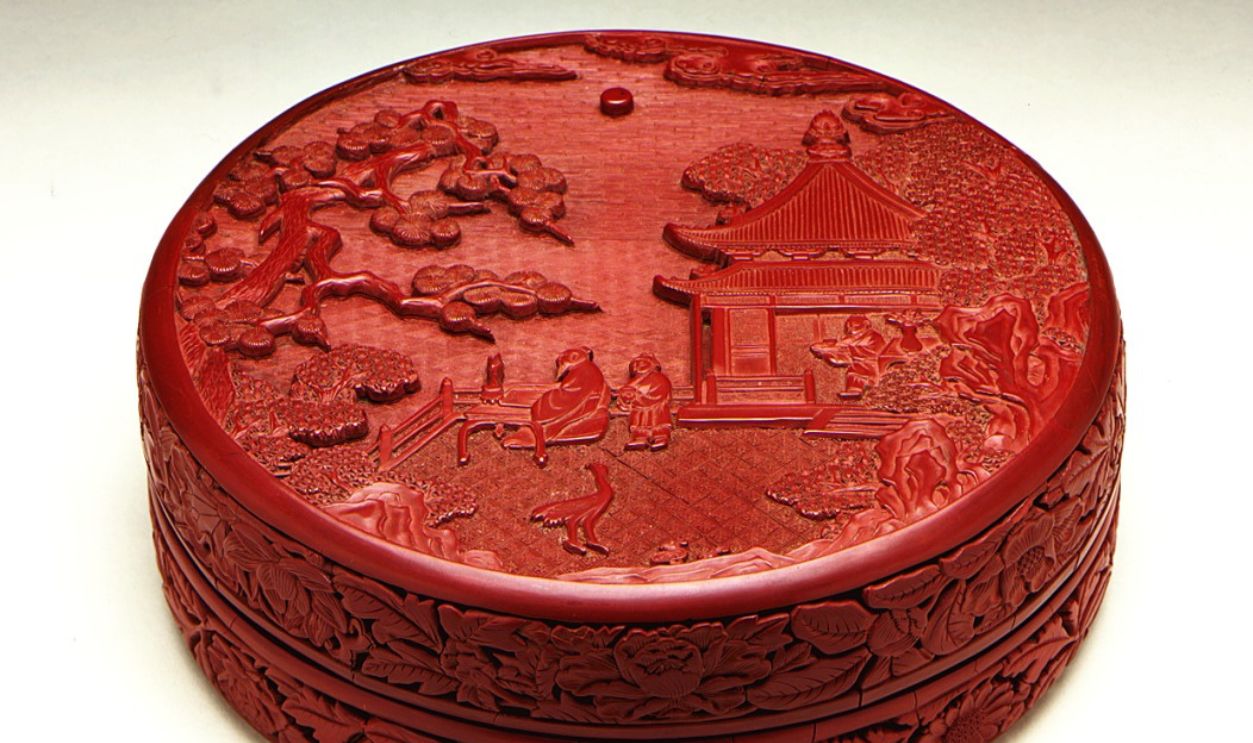 Los Angeles County Museum of Art, Wikimedia Commons
Los Angeles County Museum of Art, Wikimedia Commons
Changing Perception
Using red was transformative for the ancient Iberians. Its striking presence changed spaces and perceptions. Imagine walking into a tomb bathed in scarlet light; wouldn’t it feel otherworldly? This was beyond artistic aesthetics; it was immersive spirituality.
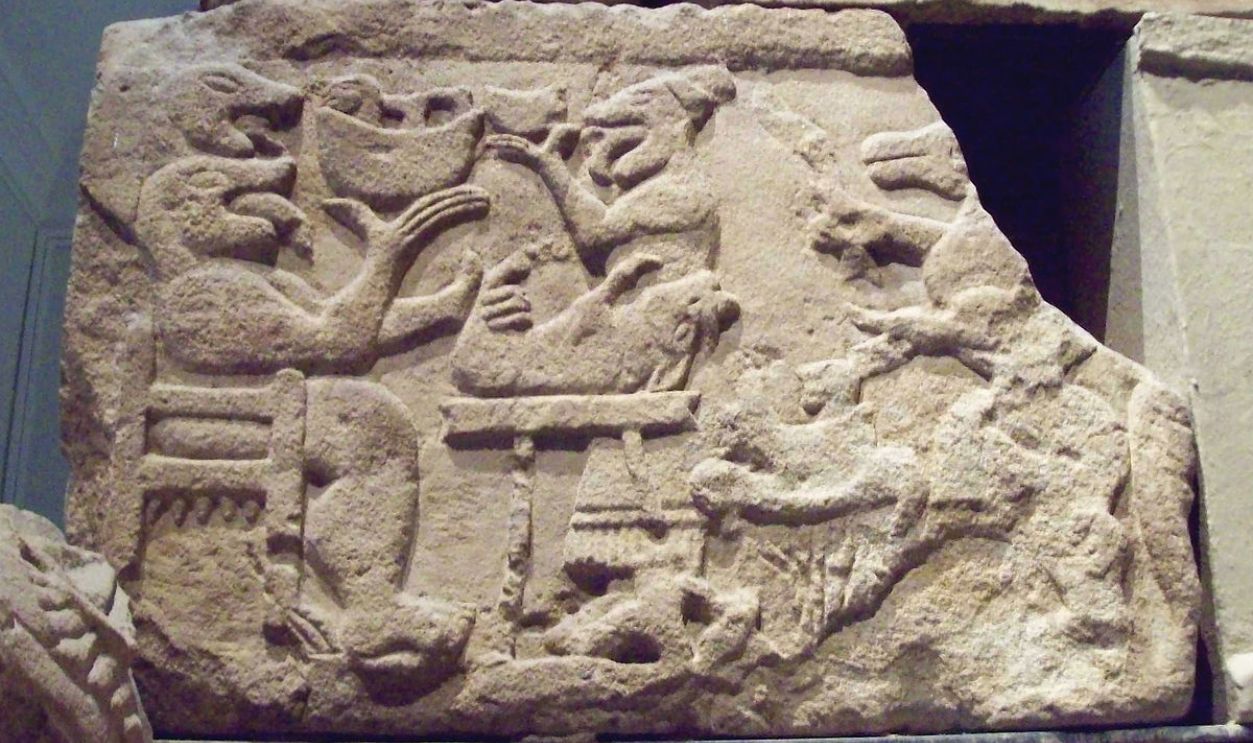 Luis García, CC BY-SA 3.0, Wikimedia Commons
Luis García, CC BY-SA 3.0, Wikimedia Commons
The Role Of Elites In Cinnabar Rituals
Power and mysticism often go hand in hand. Among ancient Iberians, cinnabar use was likely spearheaded by elites. It was a practice and a symbol of status and authority. Those in power wore their connection to the divine like a badge, quite literally.
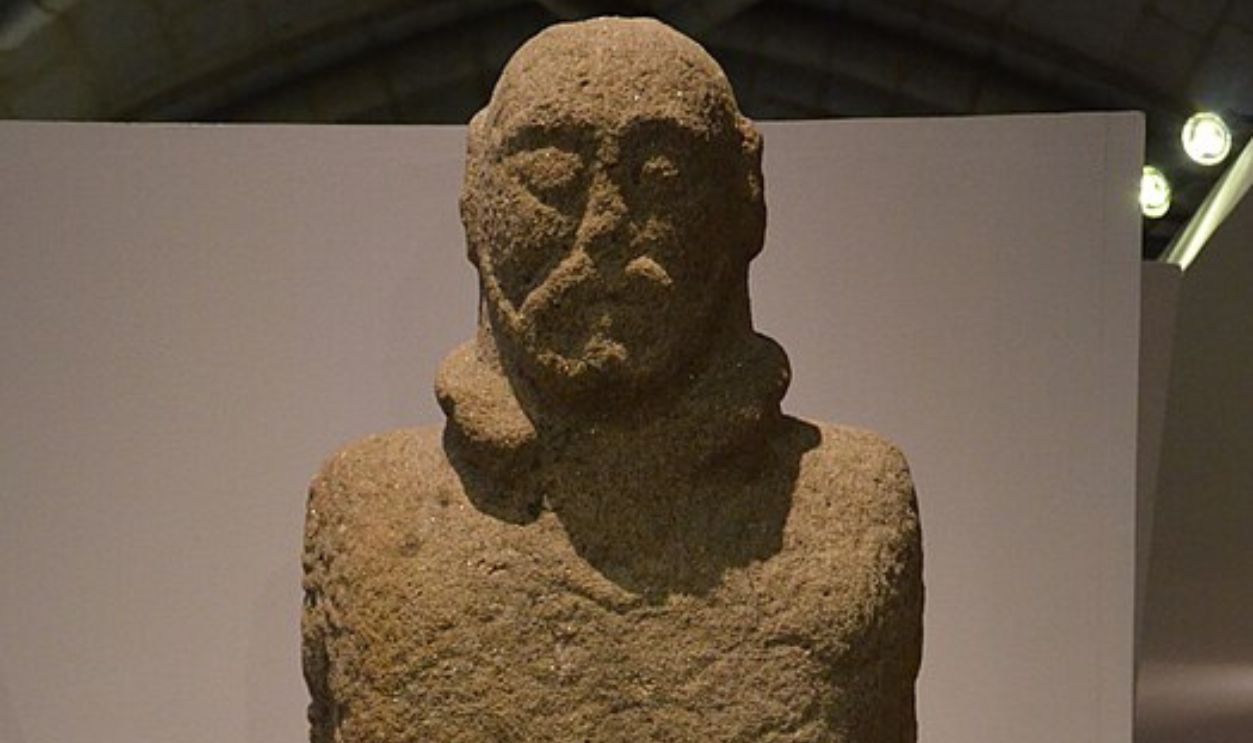 Carole Raddato, CC BY-SA 2.0, Wikimedia Commons
Carole Raddato, CC BY-SA 2.0, Wikimedia Commons
Beyond The Graves
This exclusivity extended beyond burials because you could find artifacts from elite homes hinting at cinnabar’s presence in everyday life. Its bright red hue graced pottery, jewelry, and tools. Being surrounded by cinnabar had become an assertion of spiritual power.
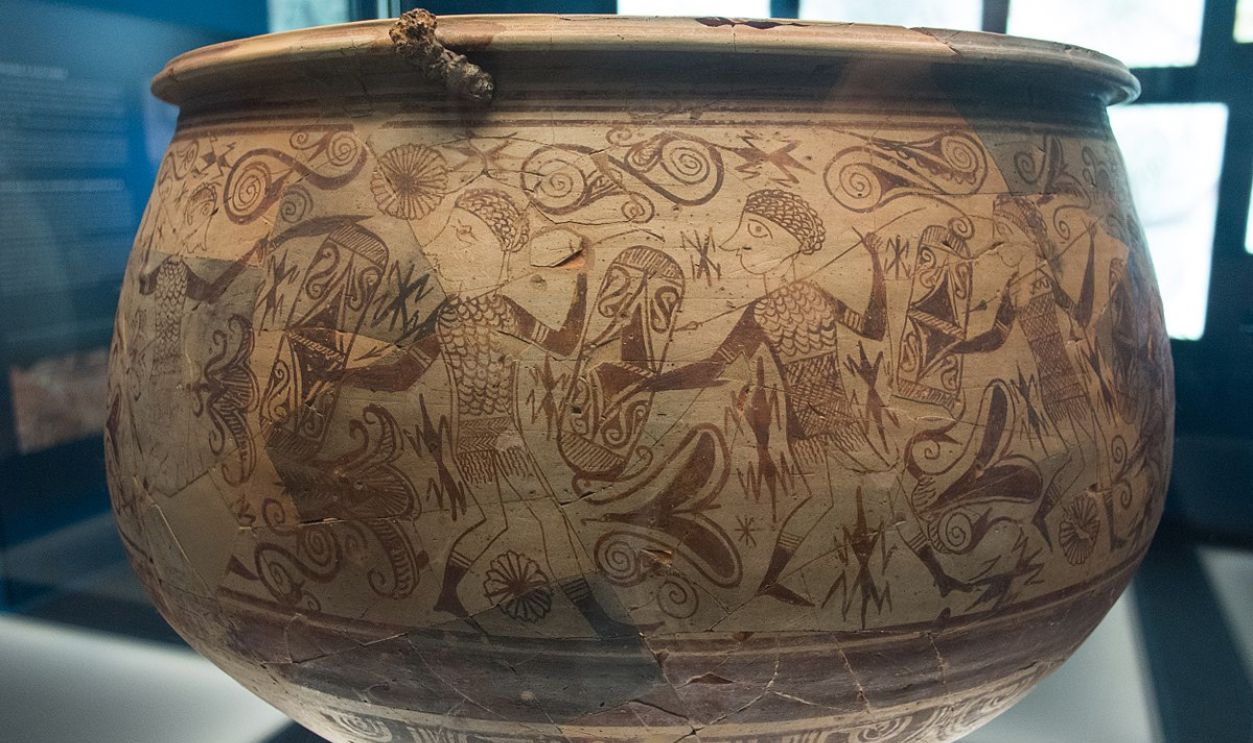 Jerónimo Roure Pérez, CC BY-SA 4.0, Wikimedia Commons
Jerónimo Roure Pérez, CC BY-SA 4.0, Wikimedia Commons
Power Mindset
What does this tell us about ancient Iberian culture? Power had transcended economic or military and had become spiritual. Leaders commanded respect not only through rule but also through their sacred practices. Would you follow a leader imbued with mystical authority?
 Museo de Prehistoria de Valencia, CC BY-SA 2.0, Wikimedia Commons
Museo de Prehistoria de Valencia, CC BY-SA 2.0, Wikimedia Commons
Not Everyone Used It Spiritually
Besides its artistic and spiritual significance, cinnabar was used for pigmentation and even early alchemy. Its vibrant hue and transformative properties enthralled societies and did look striking on anything it was put to.
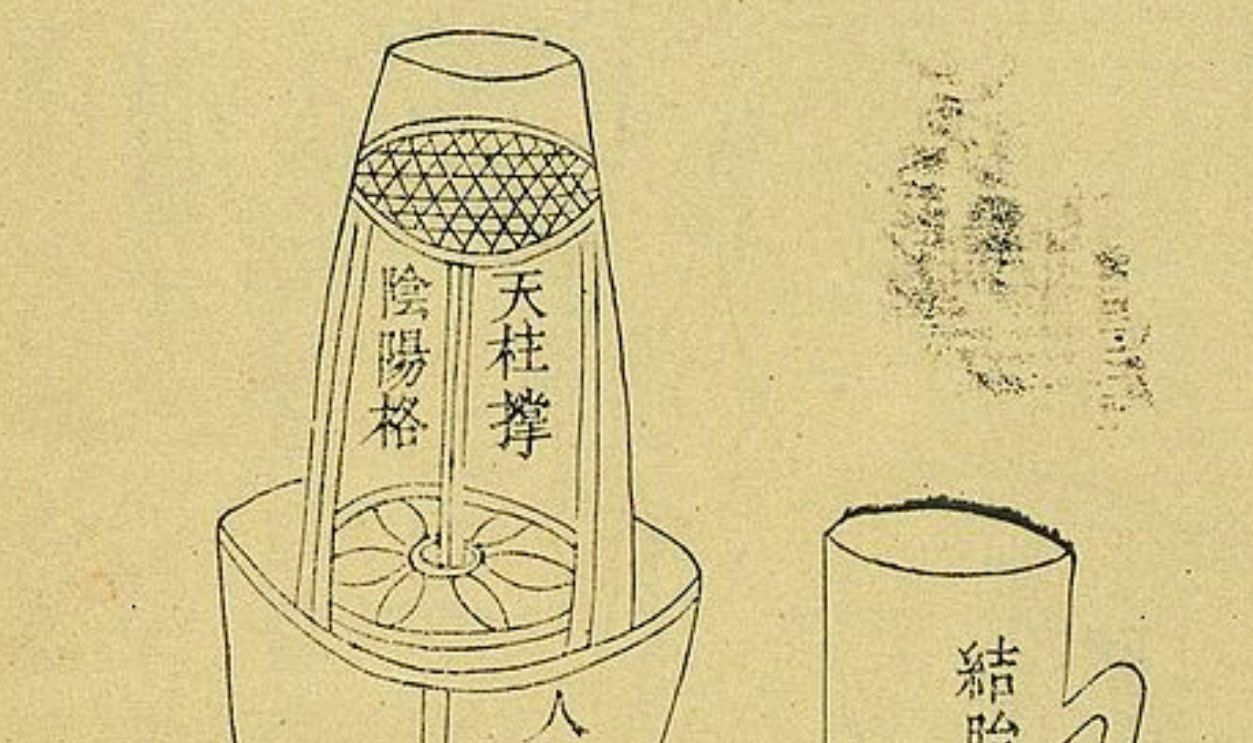 Unknown Author, Wikimedia Commons
Unknown Author, Wikimedia Commons
Cinnabar’s Toxic Legacy And Environmental Impact
The beauty of cinnabar came at a cost—as poison. Ancient Iberians may not have understood the full dangers, but modern science shows mercury poisoning from cinnabar could cause long-term environmental damage. Imagine the hidden dangers lurking beneath those brilliant red layers.
The Poison Seeped Everywhere
As ancient people mined and used cinnabar, they unknowingly contaminated their surroundings. From the water to the soil, mercury seeped into the environment. This was harmful to those who ingested it and affected entire ecosystems. Can you picture a world where the land itself becomes poisonous?
Just How Poisonous?
Today, archaeologists are uncovering the scale of this contamination. Not only were human health and rituals impacted, but the environment around these ancient sites also felt the sting of mercury. Nature bears the scars of ancient practices.
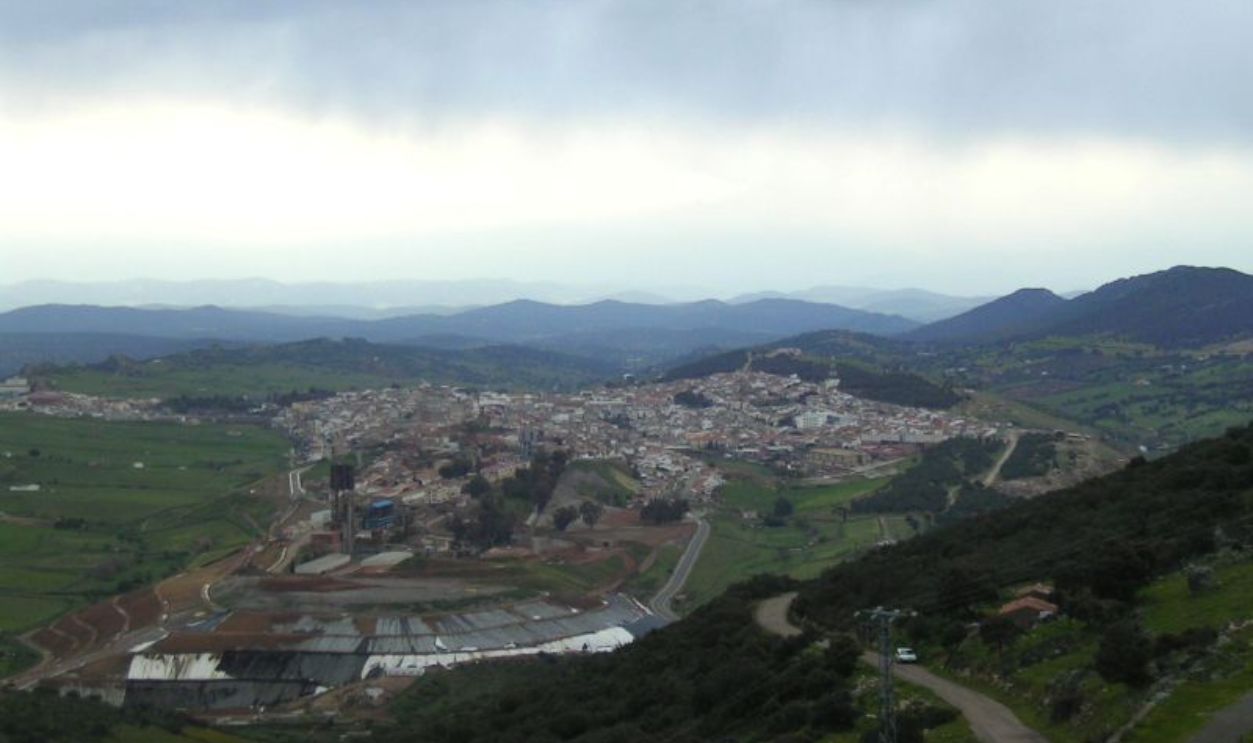 amata_es, CC BY 2.0, Wikimedia Commons
amata_es, CC BY 2.0, Wikimedia Commons
A Paradoxical Legacy
The legacy of cinnabar is a paradox: its cultural significance is undeniable, but the toll it took on both humans and the environment is sobering. Would ancient Iberians have made the same choices if they knew? It’s a lesson in balancing reverence with caution.
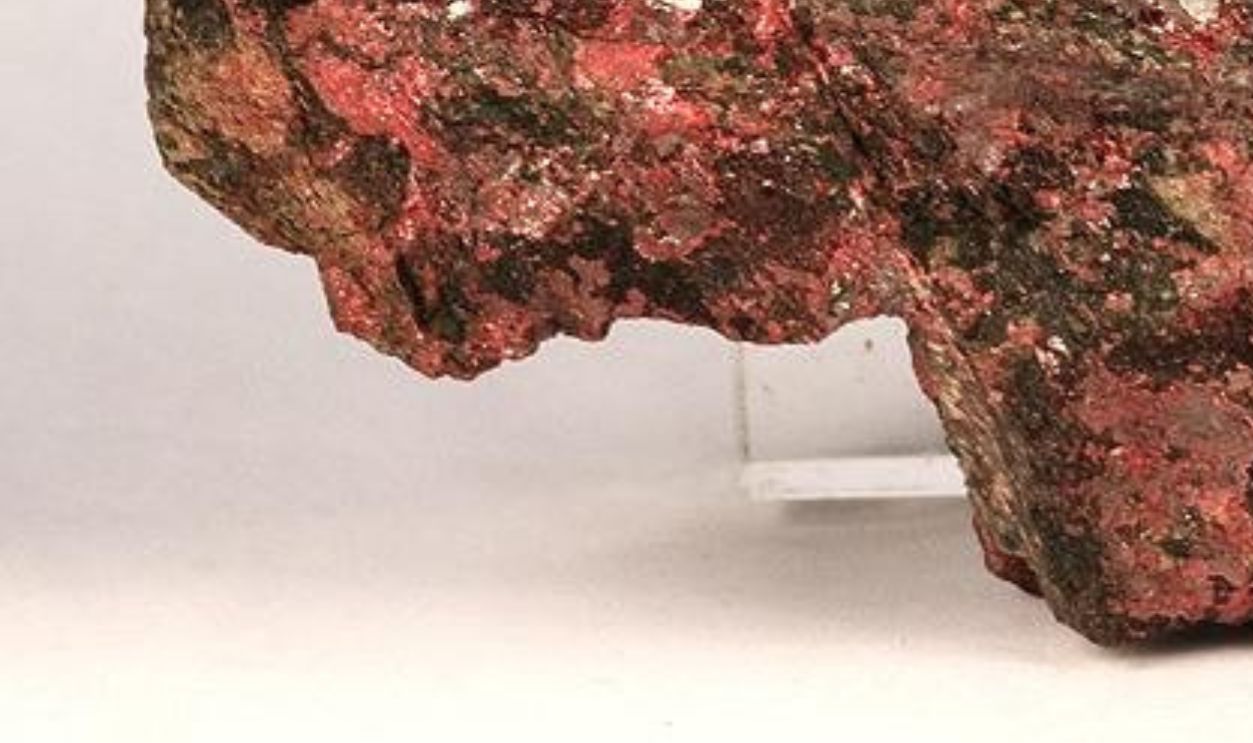 Rob Lavinsky, iRocks.com, CC BY-SA 3.0, Wikimedia Commons
Rob Lavinsky, iRocks.com, CC BY-SA 3.0, Wikimedia Commons
No Precautions Whatsoever
It’s fascinating that ancient spiritual practices were built around such a potent and hazardous substance. The belief was that mercury helped guide souls to the afterlife or protected them from evil spirits. Could a mere mineral really hold such power? To them, it did.
Mercury’s Endearing Reputation
Mercury’s spiritual significance in Iberian rituals wasn’t unique because other ancient cultures, such as the Chinese and Mesoamerican civilizations, shared similar beliefs in mercury’s power. The more you explore these shared ideas, the more it becomes clear that red mercury is a universally powerful symbol of the divine.
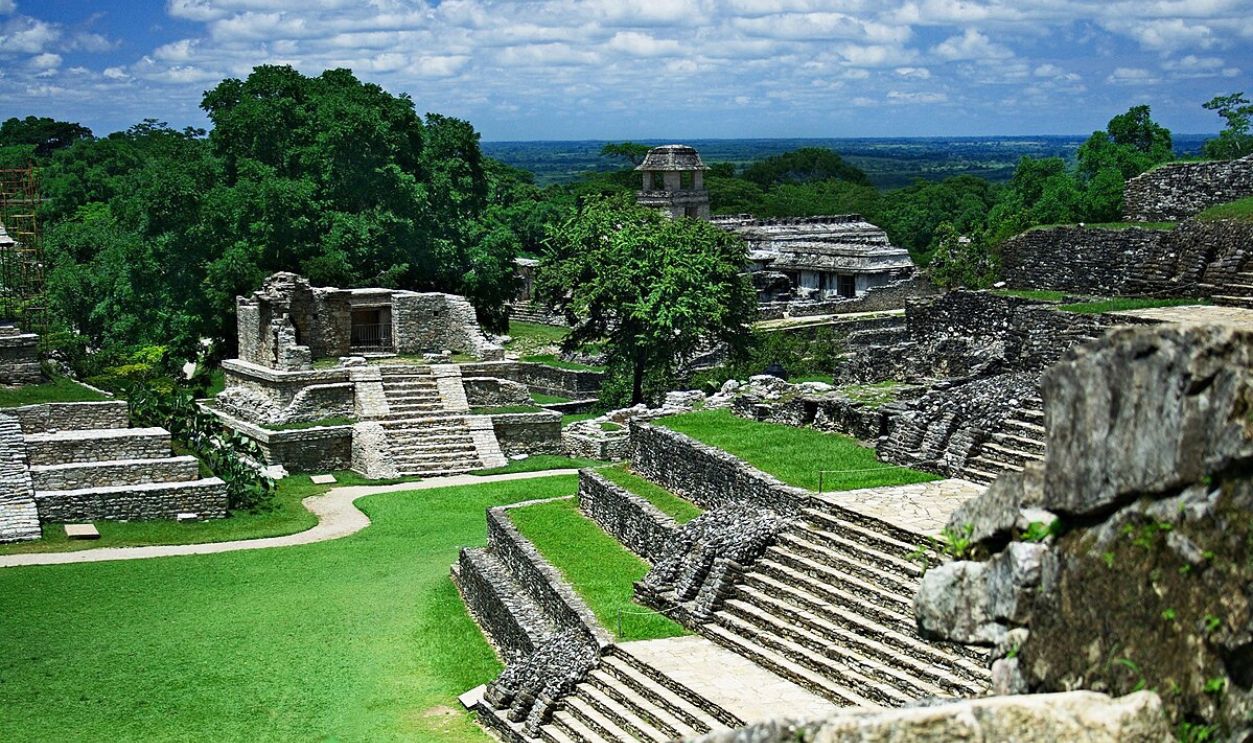 Jan Harenburg, CC BY 4.0, Wikimedia Commons
Jan Harenburg, CC BY 4.0, Wikimedia Commons
Cinnabar In Modern Scientific Research
Fast forward thousands of years, and Cinnabar’s mystery is still unraveling. Modern scientists are studying ancient Iberian burial sites to understand more about mercury’s role in these ancient rituals and its long-lasting effects. With the technology we have today, what else will we uncover?
The Answers Are In The Past
Researchers can trace the mercury concentrations in ancient bones and soil by analyzing remains and artifacts. These findings provide insights into the health risks associated with cinnabar and its impact on society. How did these ancient people, so connected to the spiritual world, overlook such a fatal danger?
It Adds To Poison Studies
Furthermore, scientists are exploring how cinnabar’s use in ancient times contributed to our understanding of human exposure to poisonous substances. It’s not just about history—it’s about the future. These studies of these ancient practices teach us about managing harmful substances today.
You See Red, You Run
With the poisonous legacy of cinnabar now better understood, we are beginning to see a broader picture of ancient practices. Archaeological discoveries continue to inform modern science, helping us learn from the past. It makes you wonder: what will future generations learn from our history?

